ENGLISH VERSION (click here!)
Hello travelers of the world!
Today I want you to know a little of our history, specifically that of the Castle of San Carlos de la Barra considered a National Historic Monument of Venezuela, is located in the San Carlos Peninsula, Almirante Padilla Municipality, in the State of Zulia, Venezuela, near the Gulf of Venezuela and right at the entrance of Lake Maracaibo.
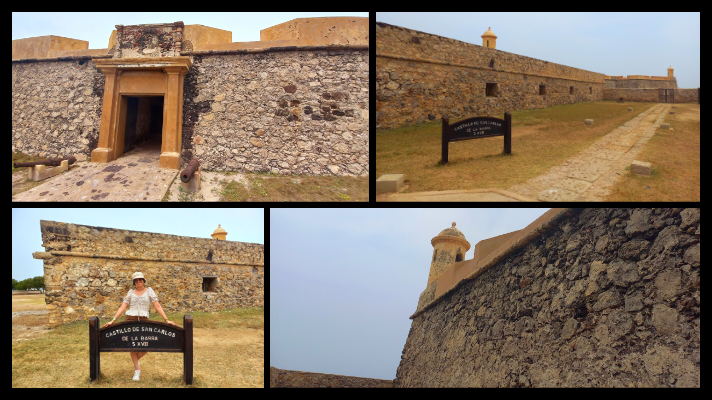
The following tour has a cost of 1$ and is conducted by the Corpozulia team, a group of at least 6 people is needed to start the tour, the Castillo de San Carlos de la Barra was recovered since 1987 in order to enhance tourism in the area and strengthen our culture and feel as Zulianos.
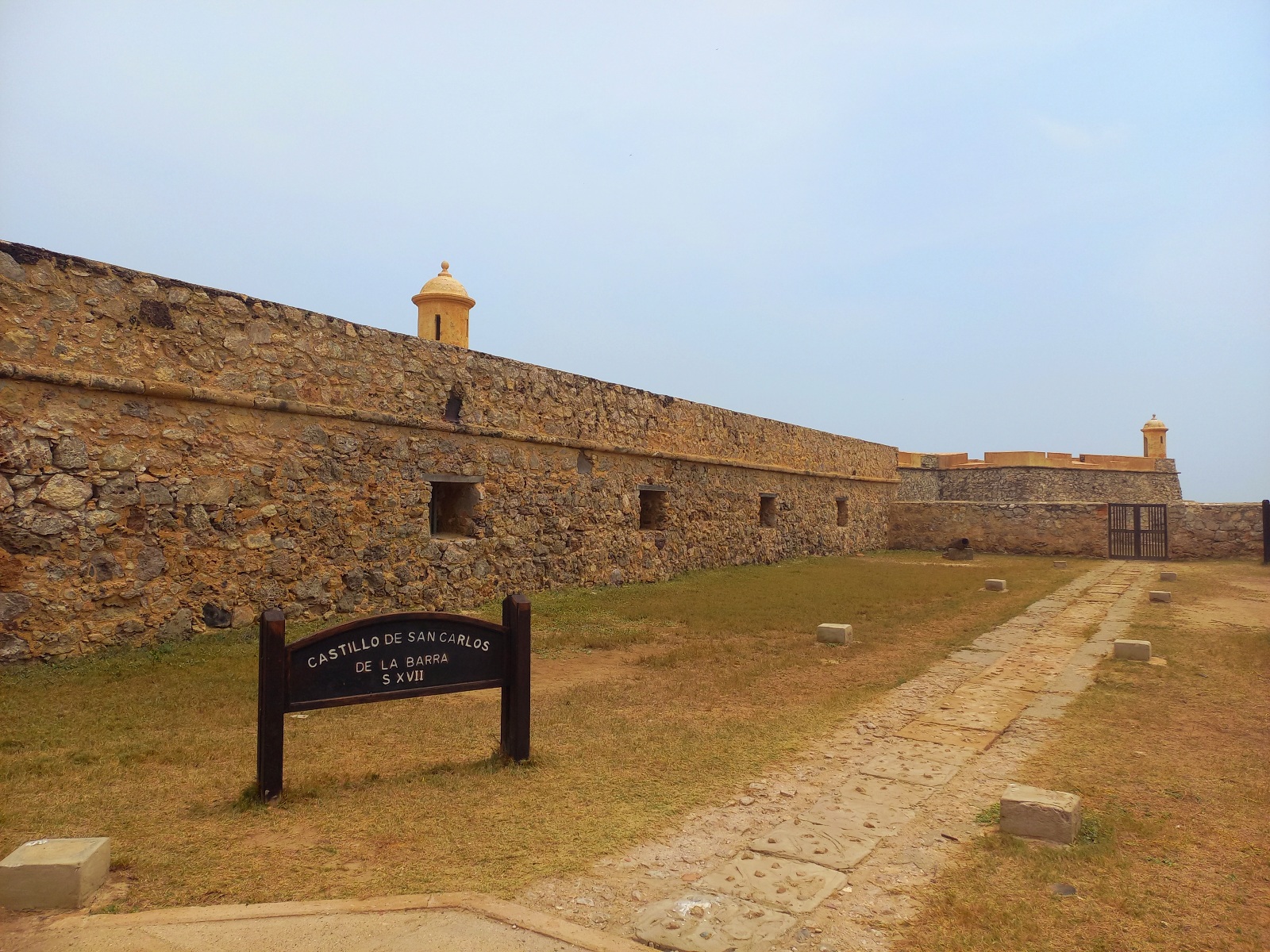
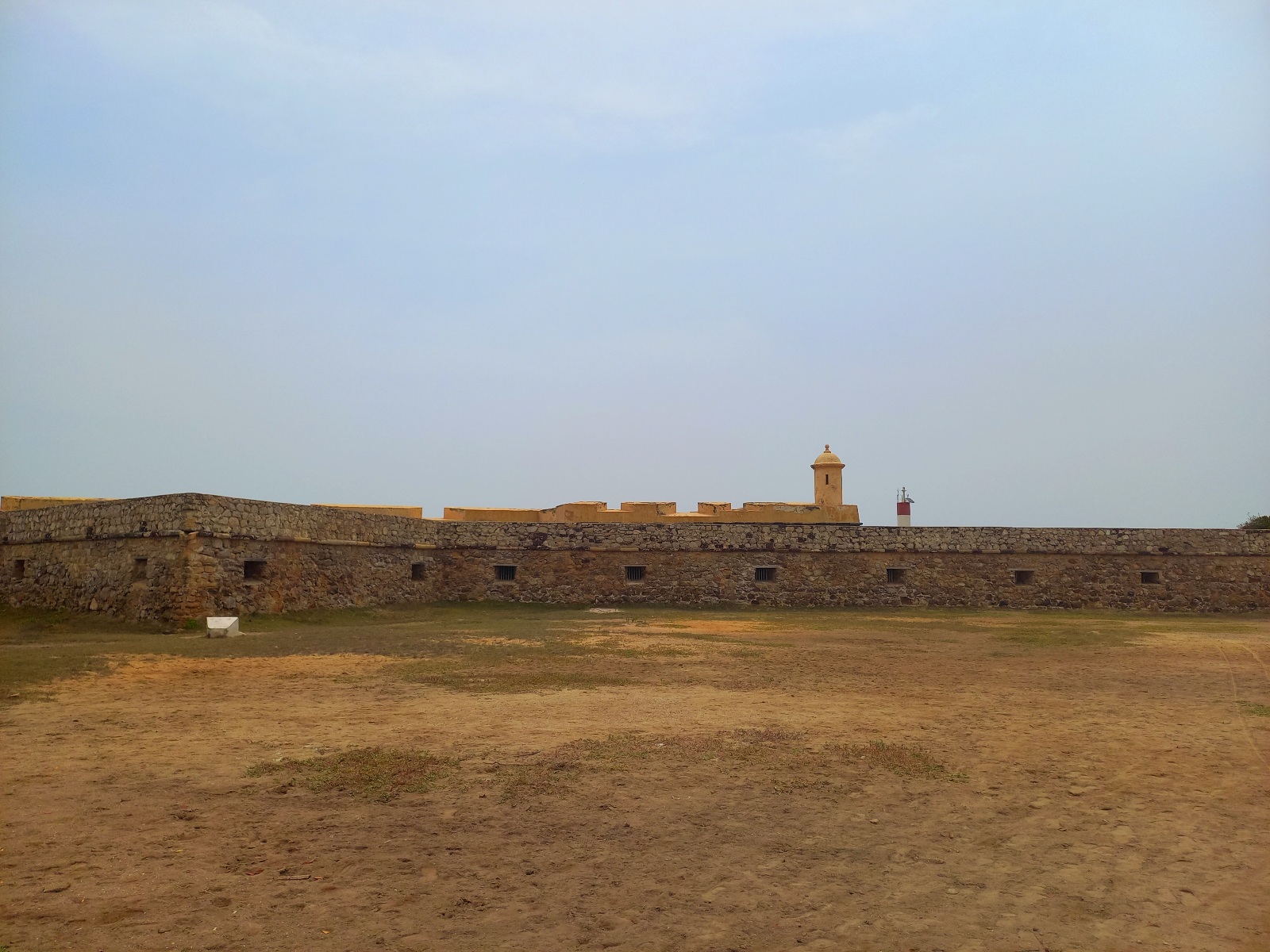
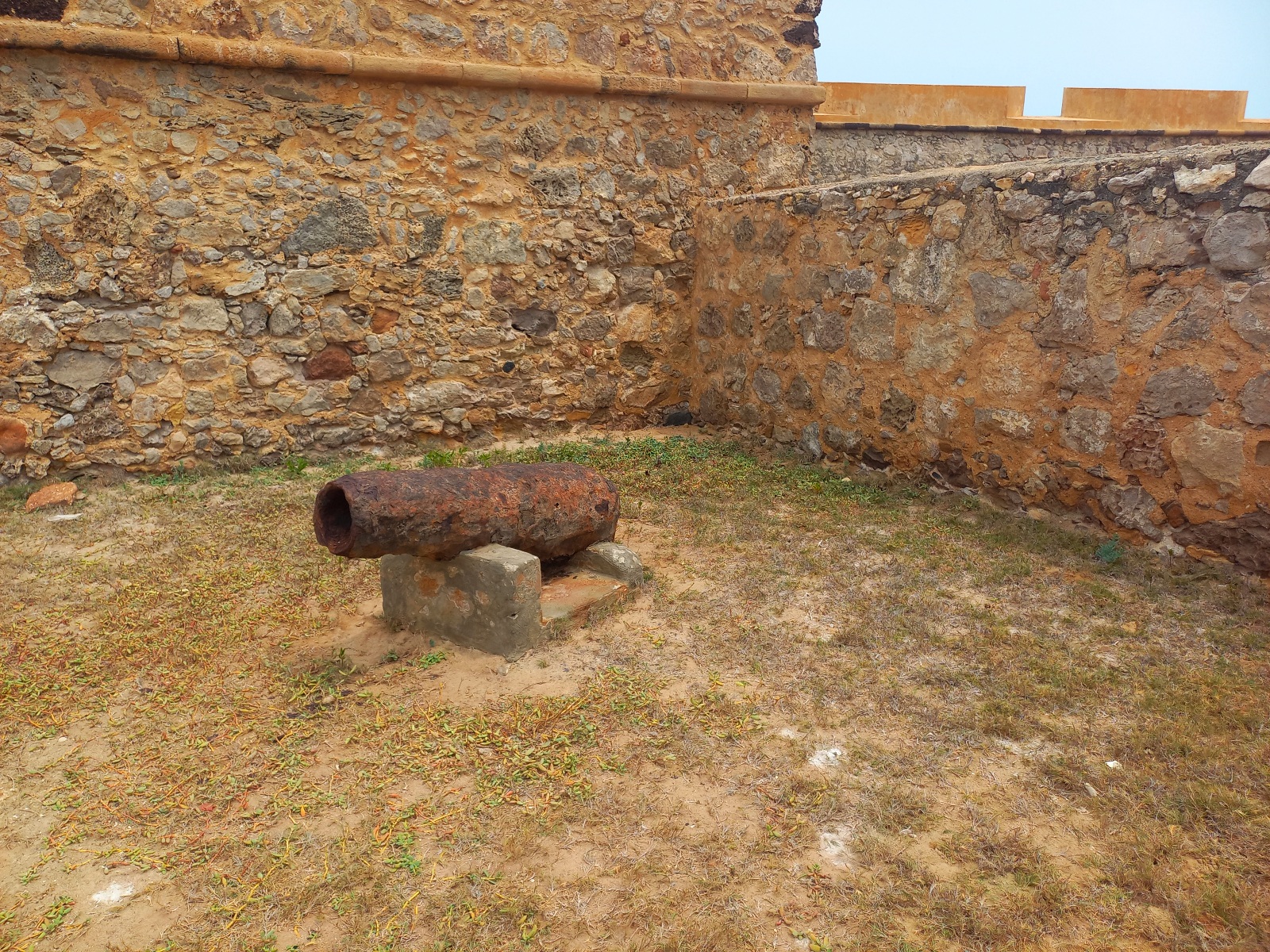
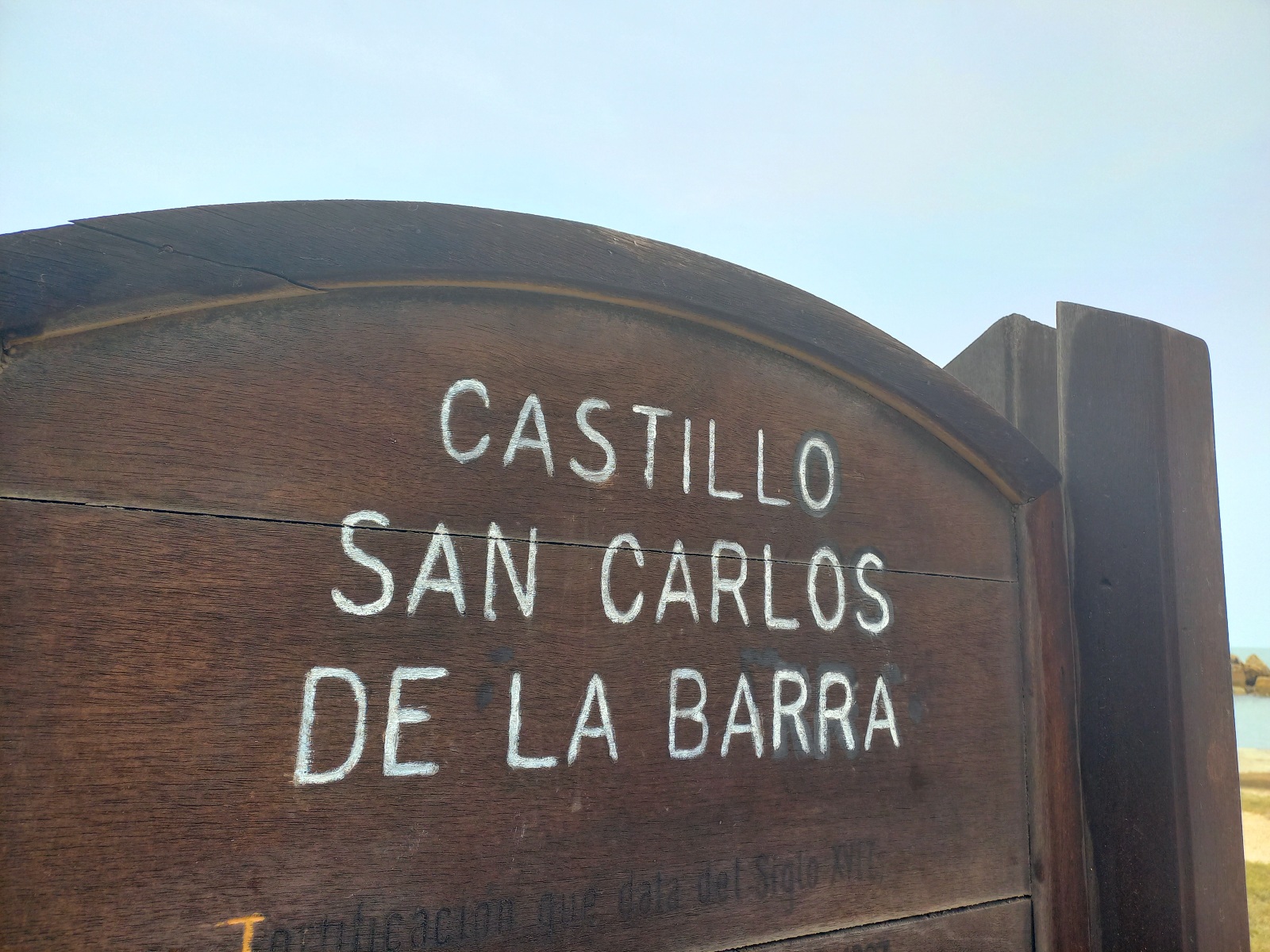
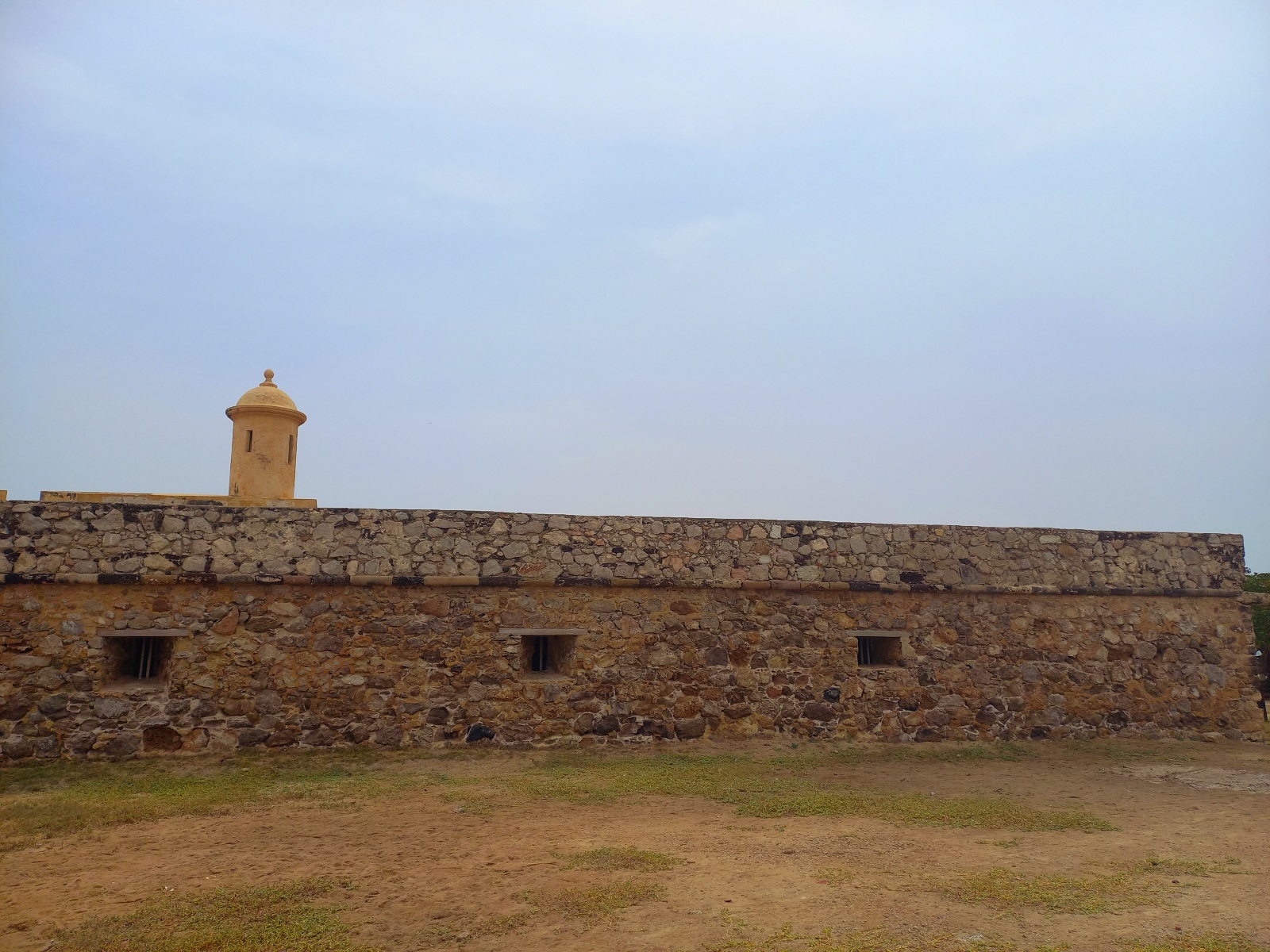
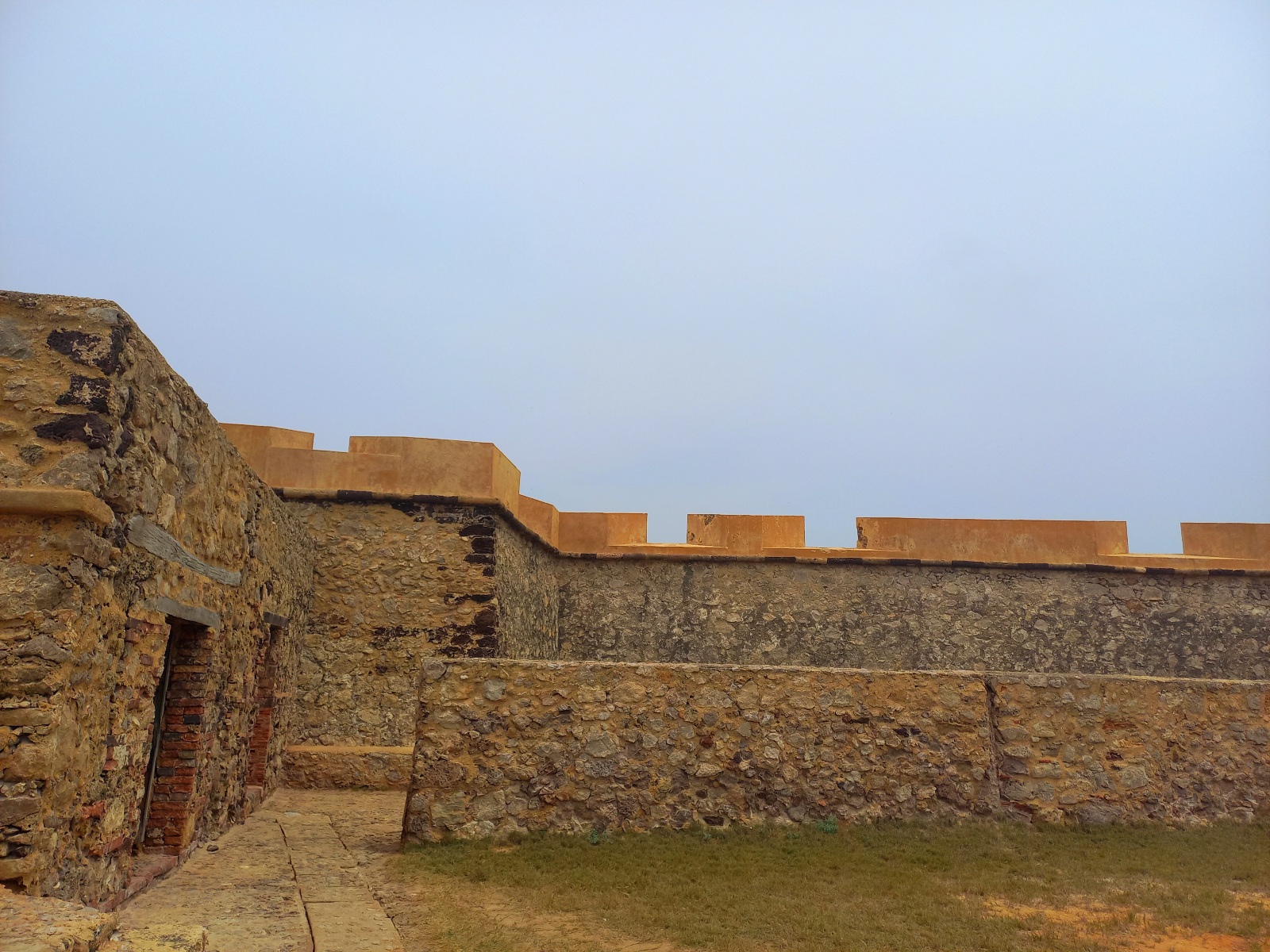
History tells us that this place was built by the Spanish colonizers in the year 1623 to protect the region from the plundering of some pirates like Henry Morgan and Edward Teach also called Black Beard in their attempts to reach the city of Maracaibo, The first thing to be built was the area of the breakwater on the outskirts of the castle, then the walls were fortified with a height of 6 meters high with three types of stones including limestone brought from the neighboring island of Toas which is also part of the municipality of Almirante Padilla, the same were segmented not only with mud but with the blood of some cattle, from an aerial view the castle has a star shape.
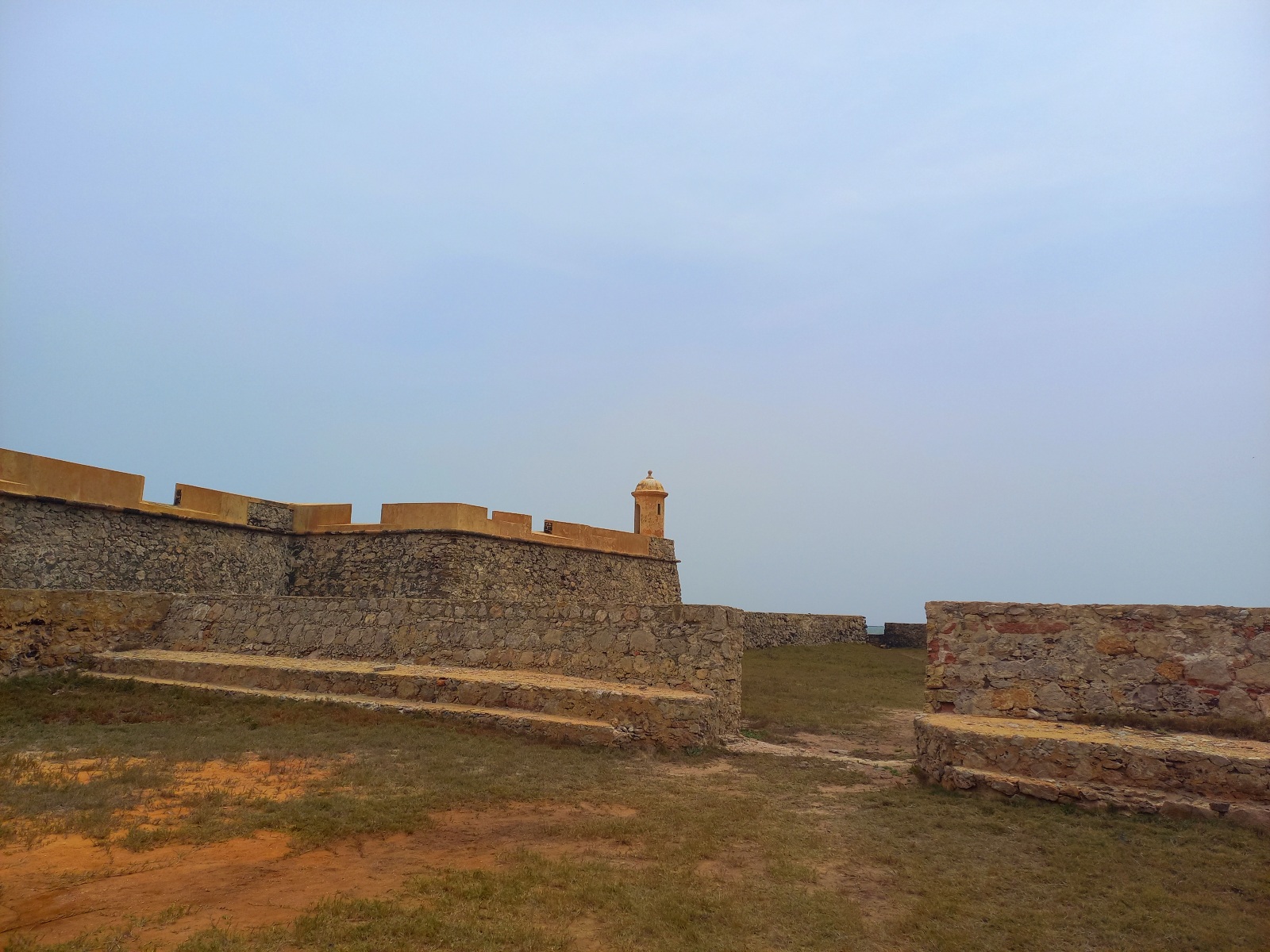
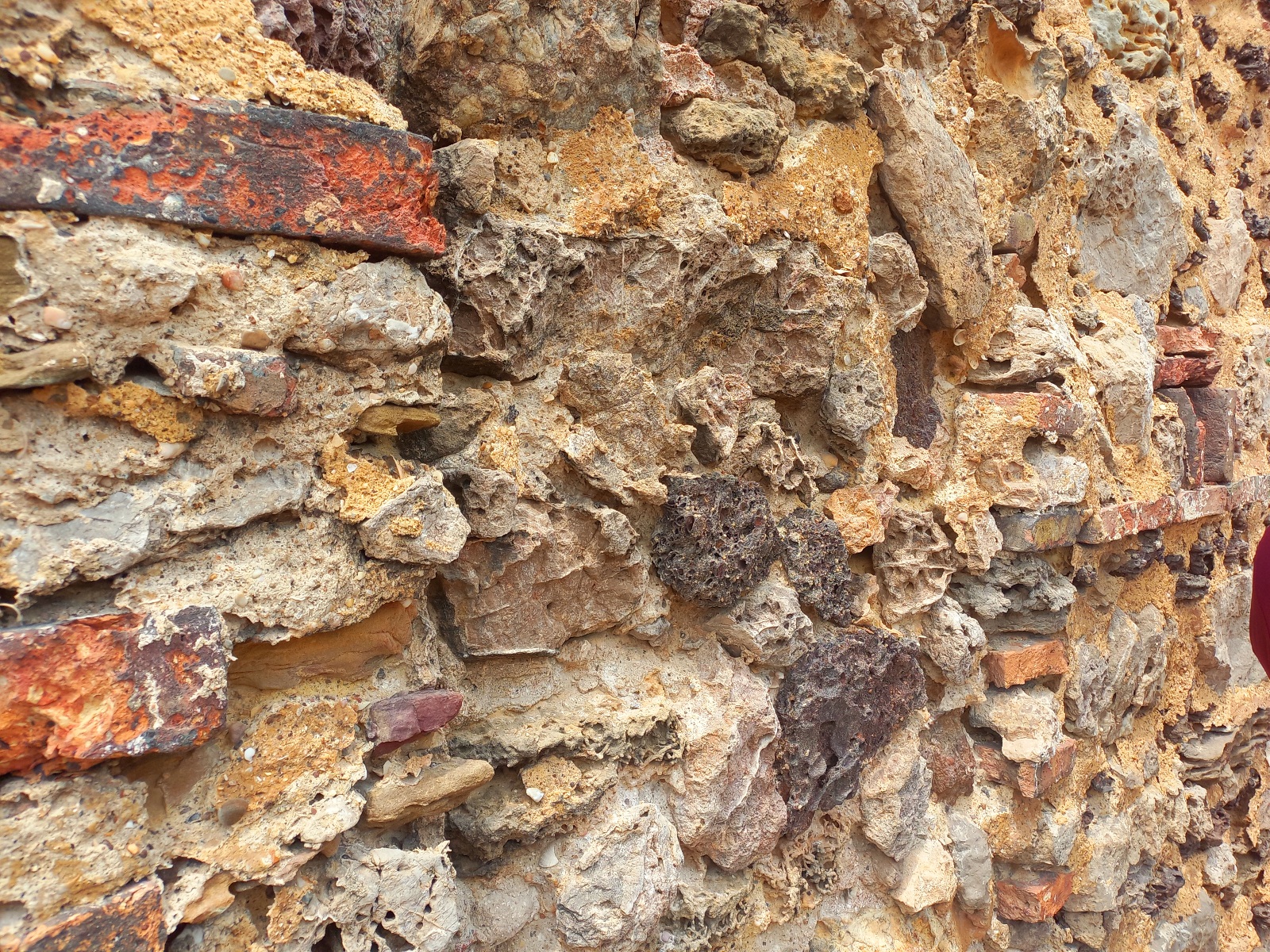
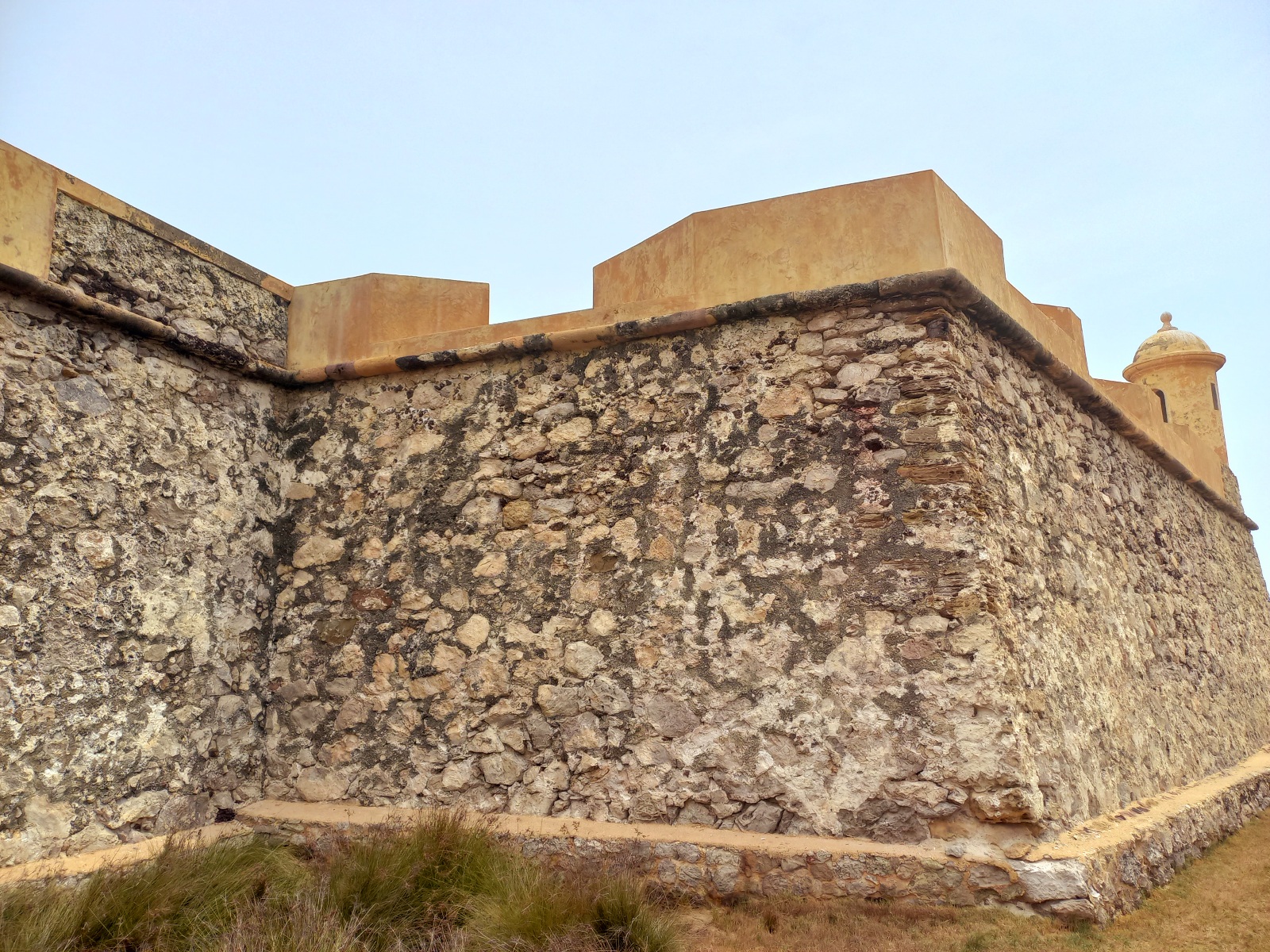
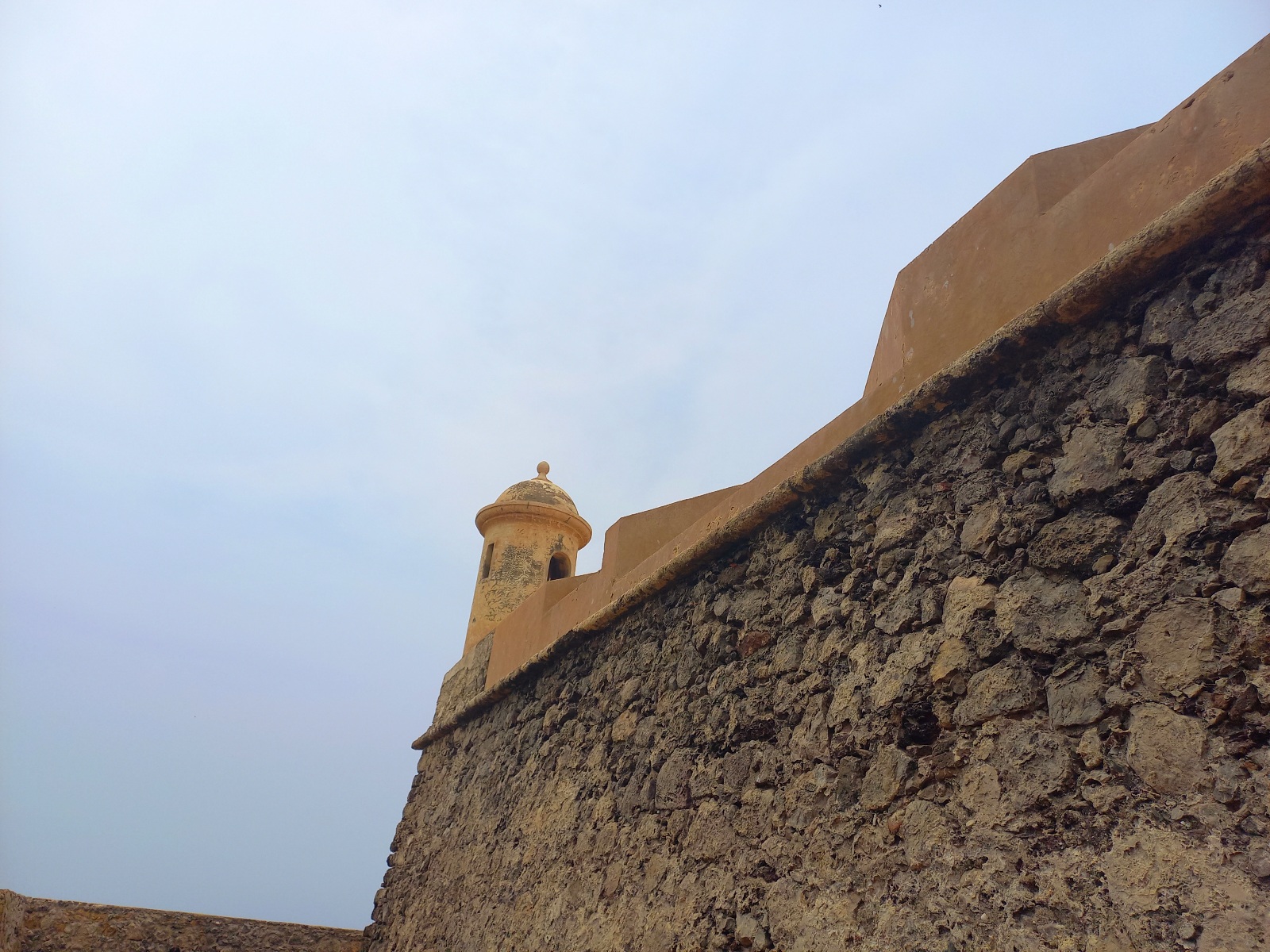
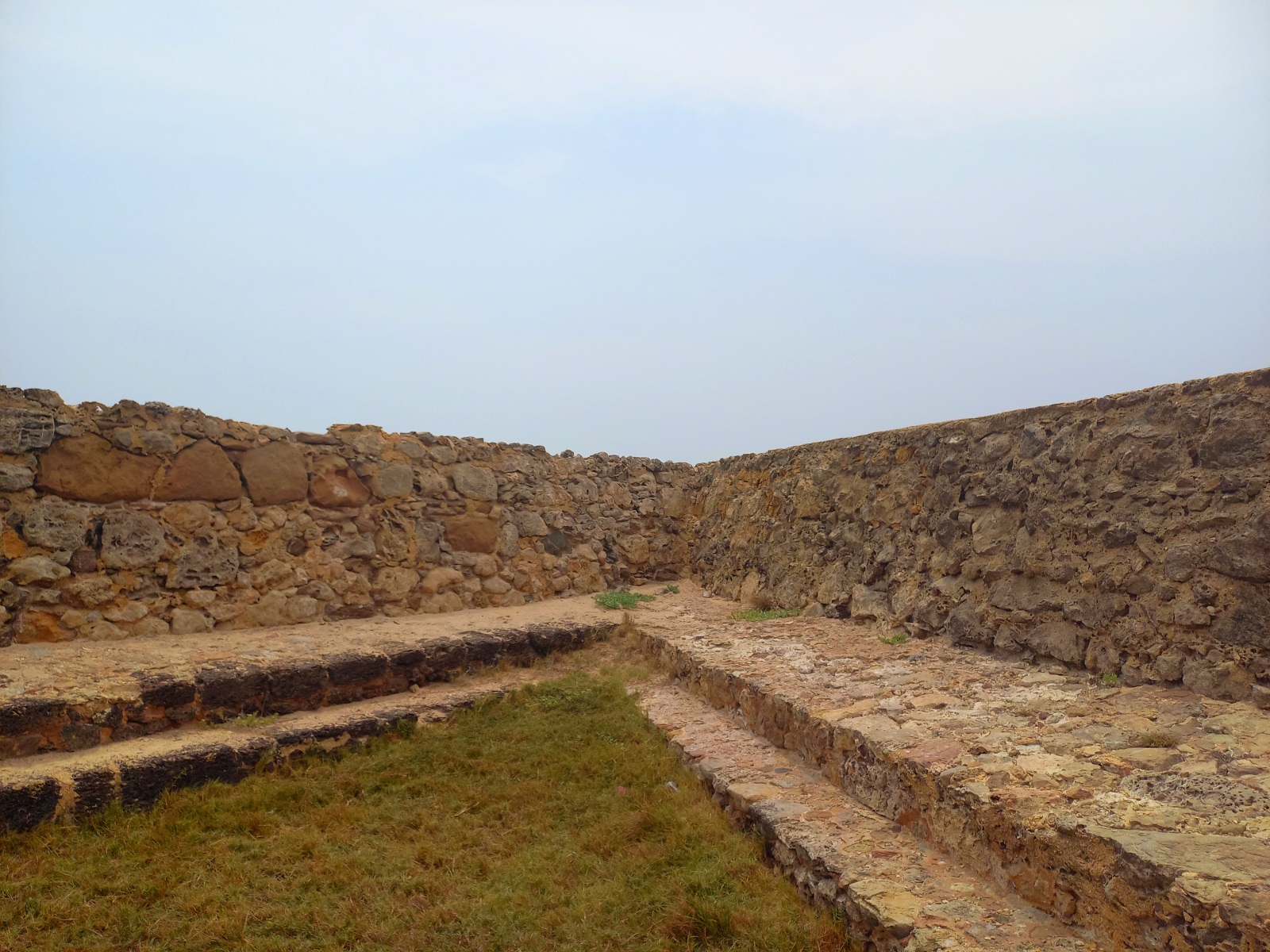
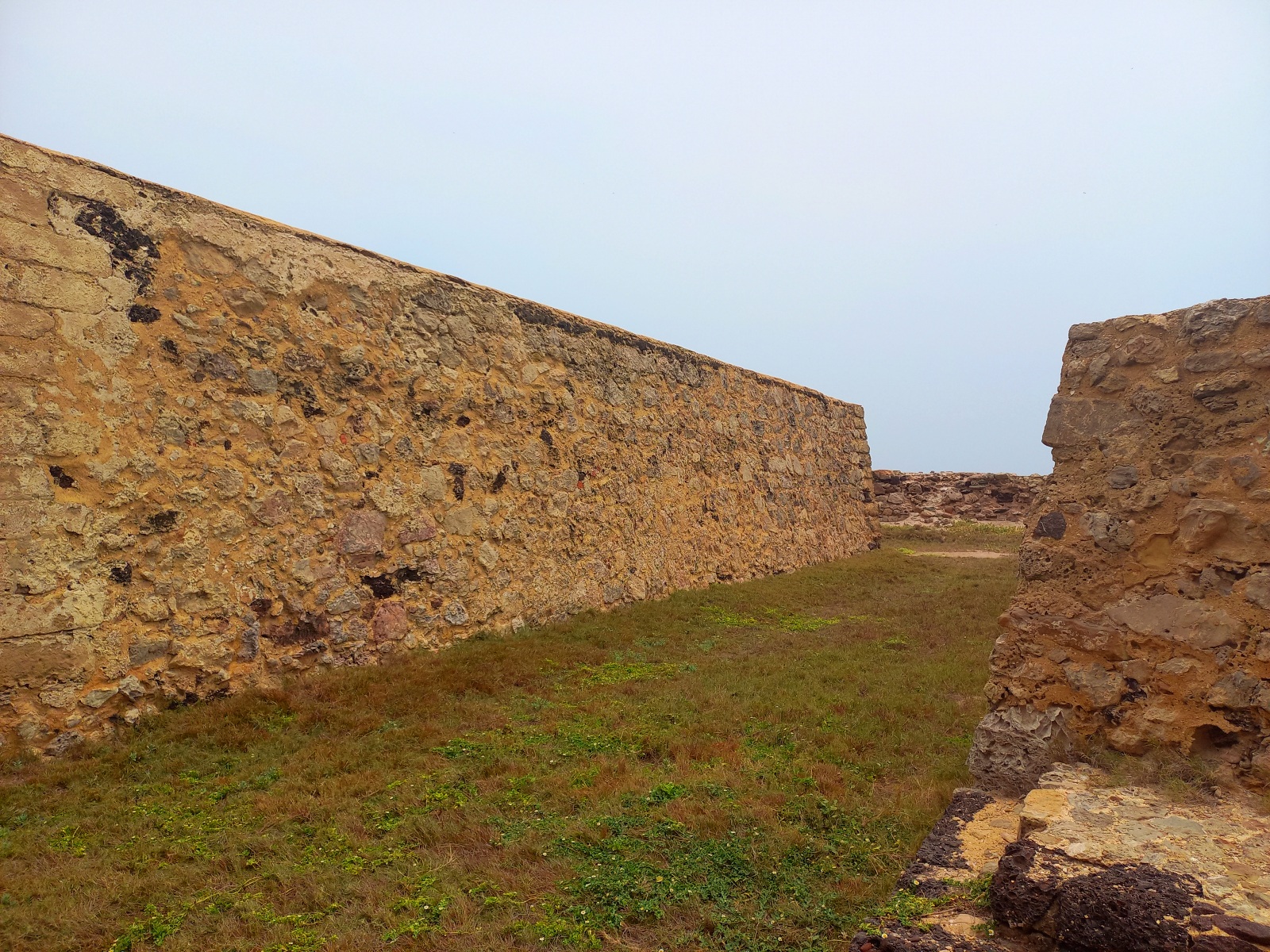
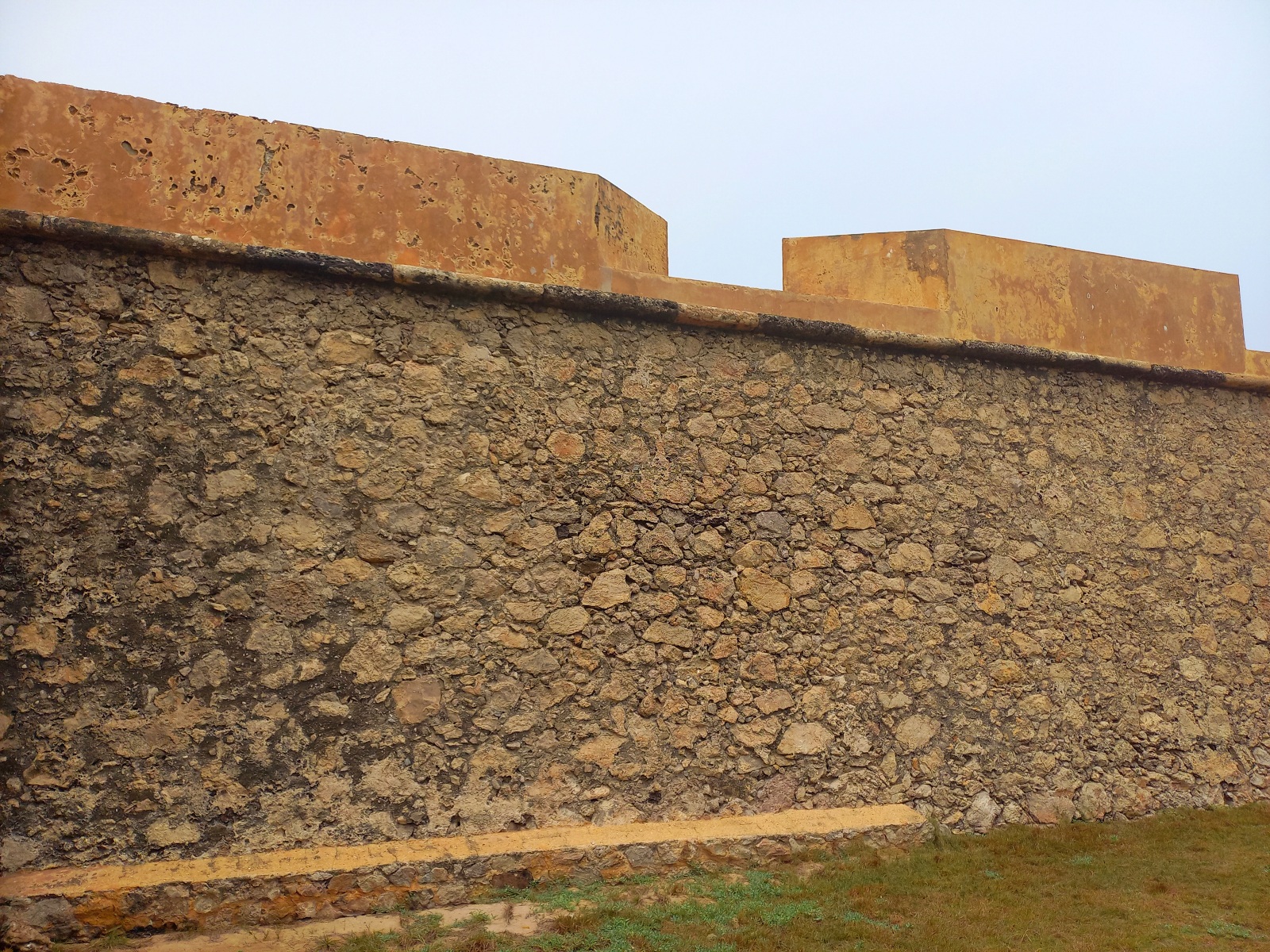
To get to what would be the entrance of the Castillo de San Carlos you have to go into its huge walls, until we find a huge facade with concrete bases that support another small rock wall in its center apparently had a rose window in the past, below this is a strip with a sentence not very legible, both sides of the entrance have two rusty cannons these were found at the bottom of the lake so they do not have a base and they adapted a concrete, also perserves what is its original wooden door.
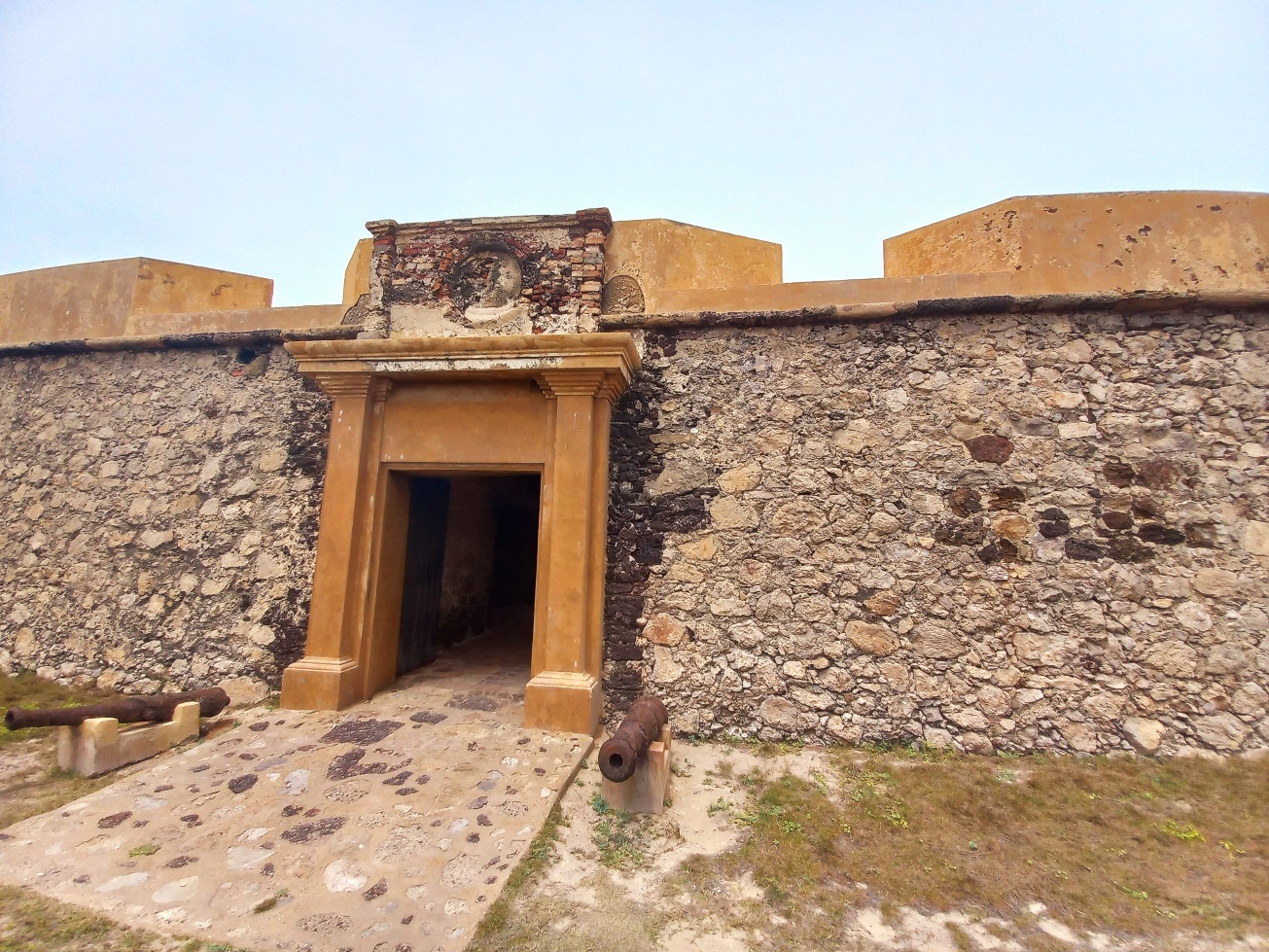
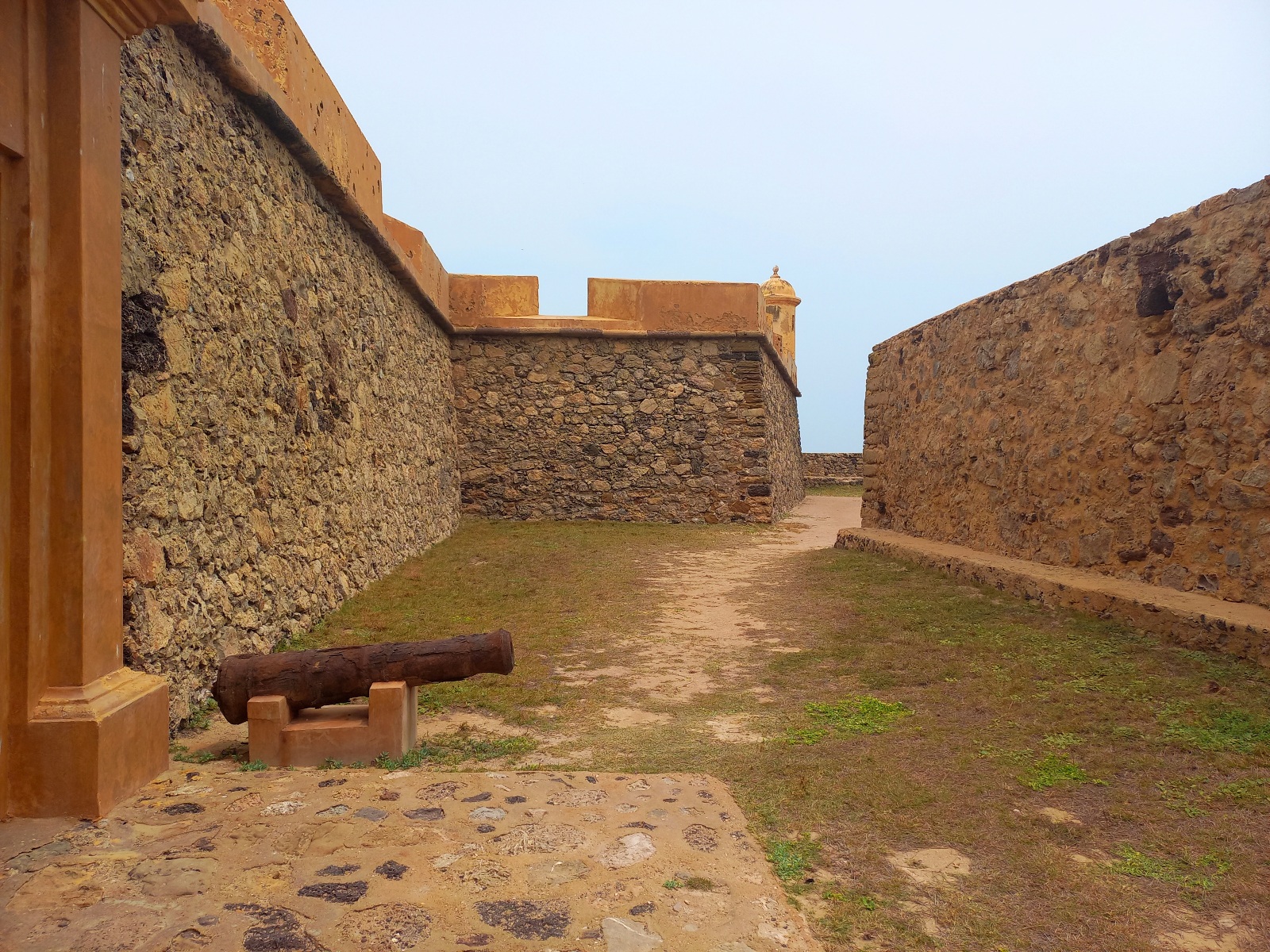
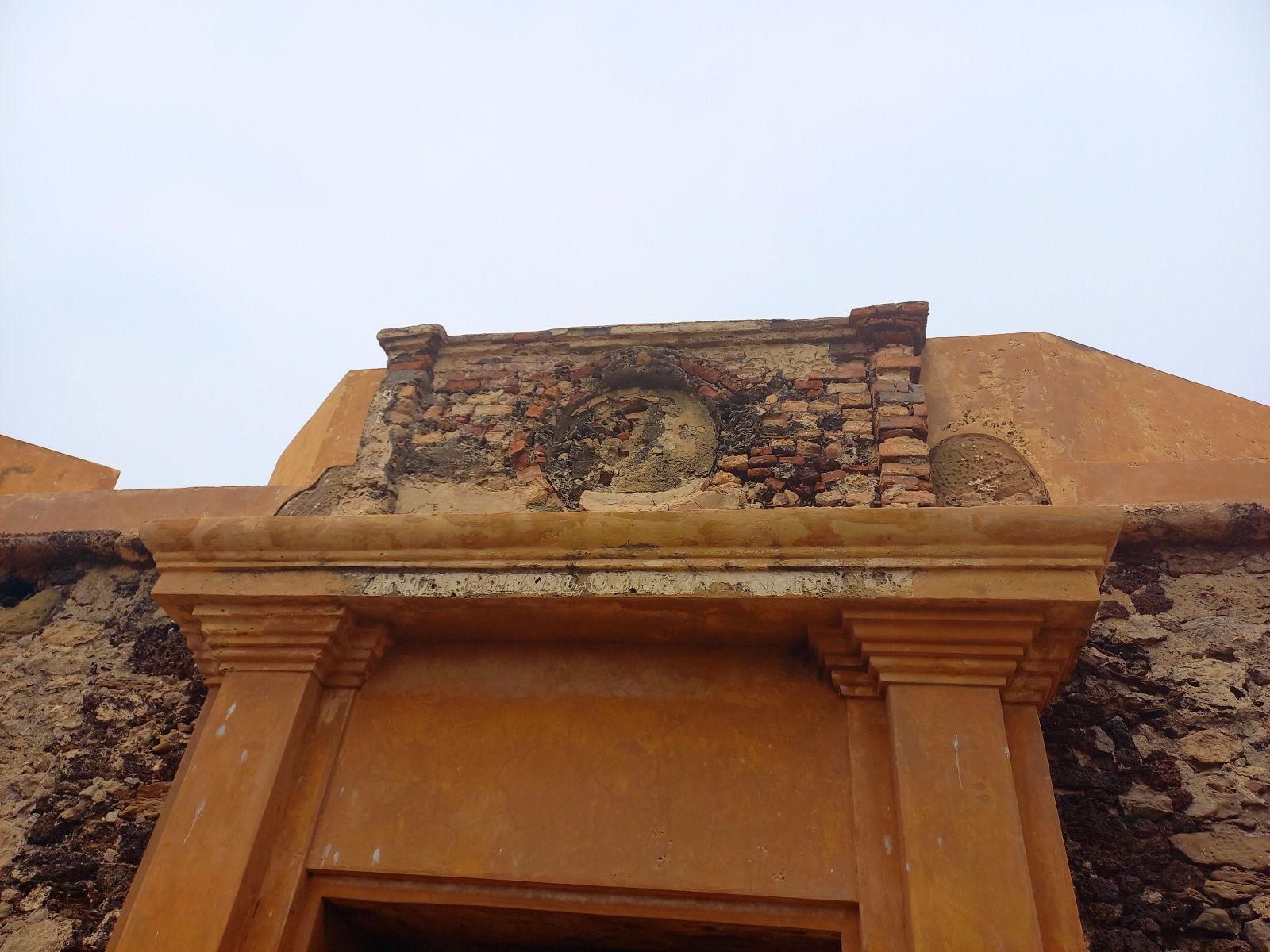
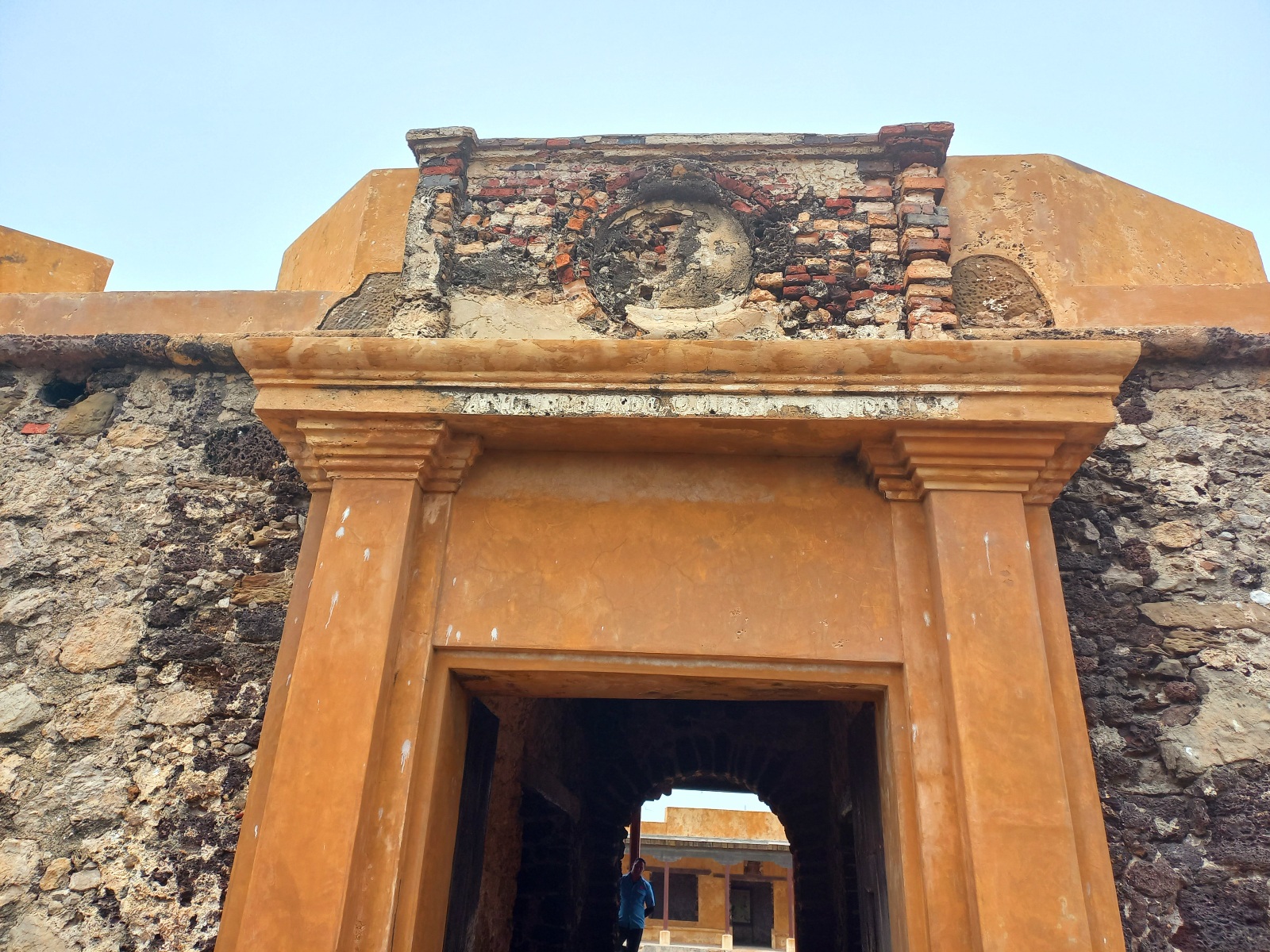
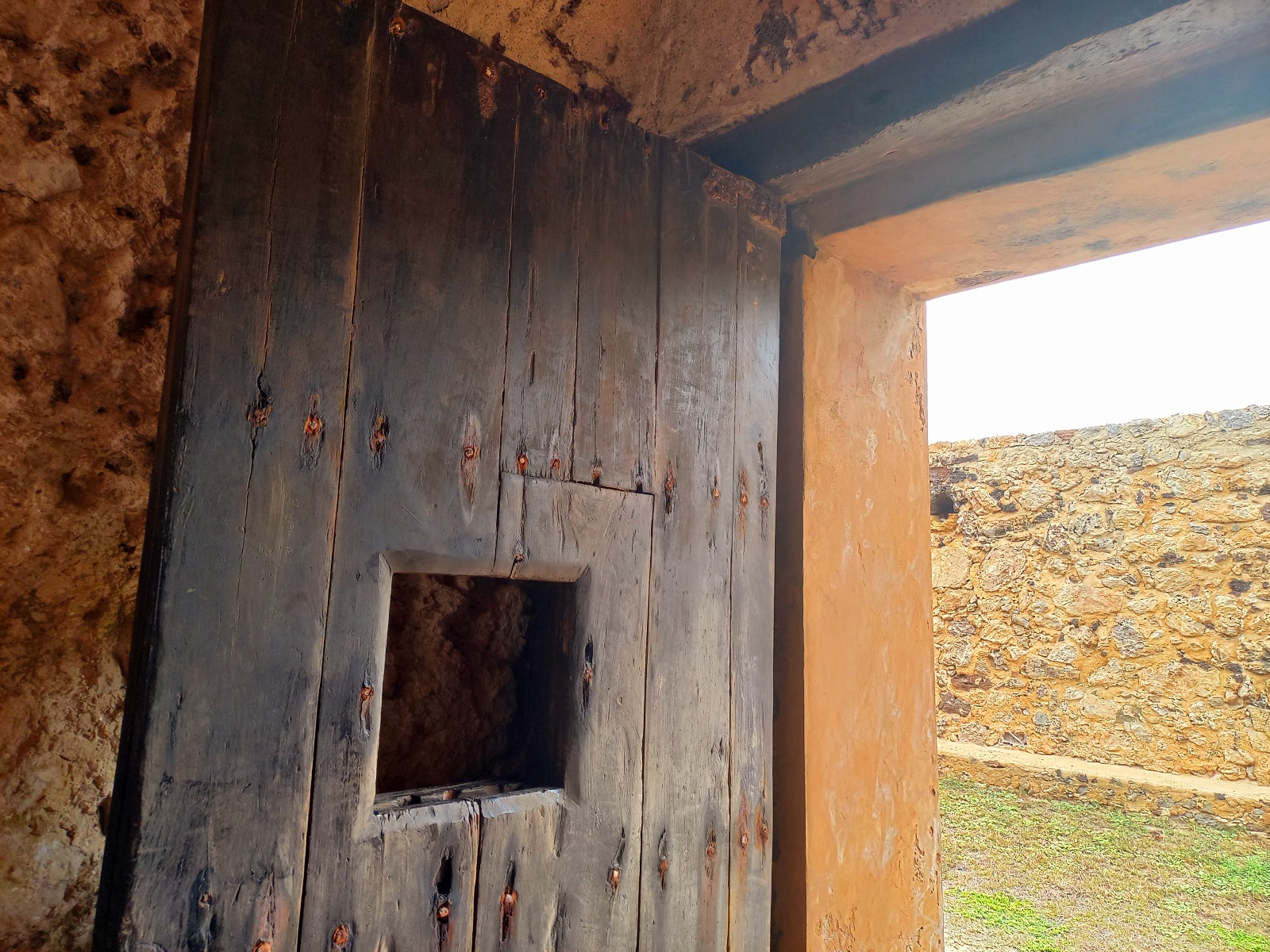
A small chapel was arranged for the faith of the catholic Christians and it is not more than a small space inside the castle, that in one of its walls possesses two niches in one of them is the space that occupied the chalice and on the other side a niche where the Saint San Carlos Borromeo was.
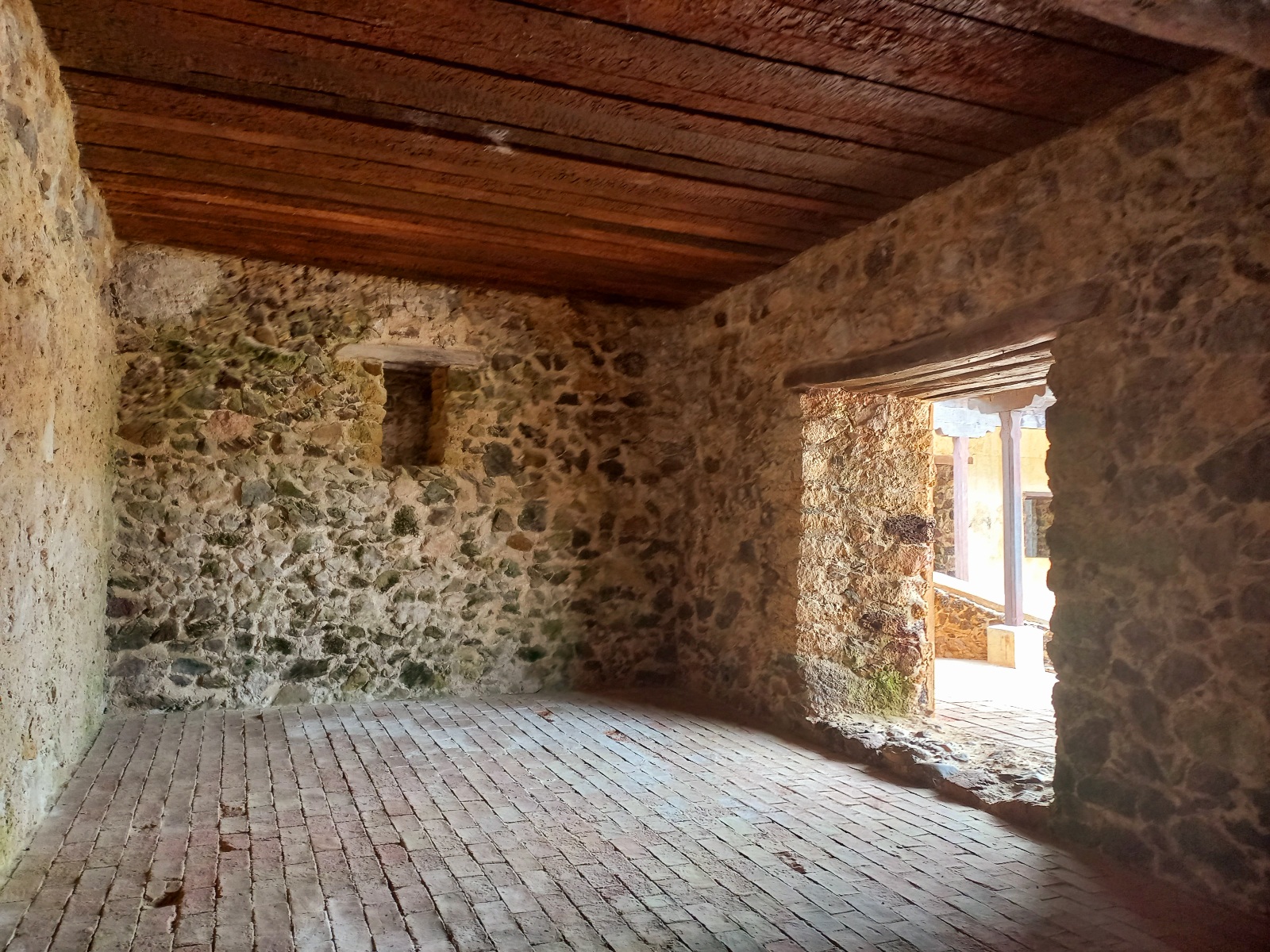
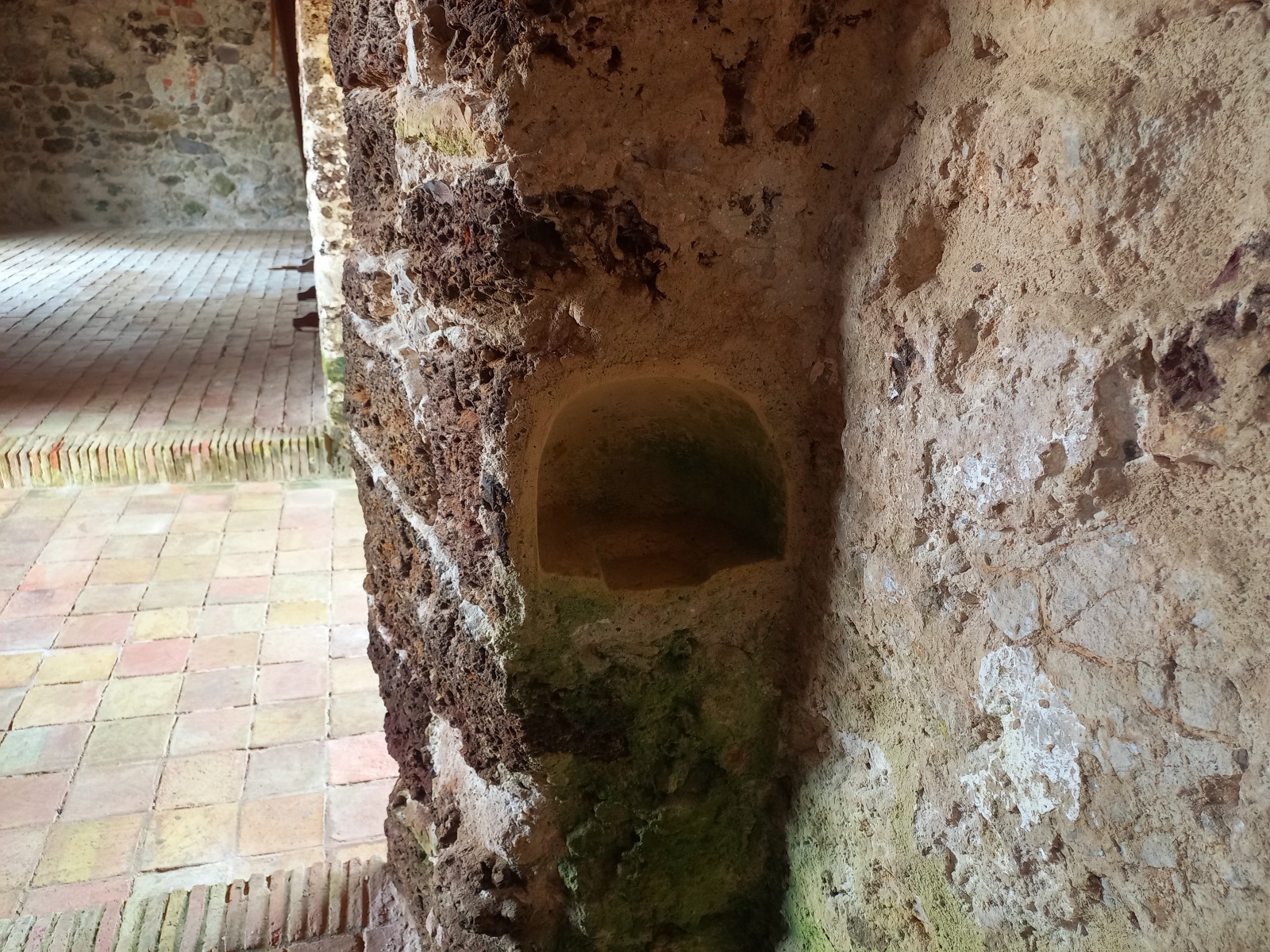
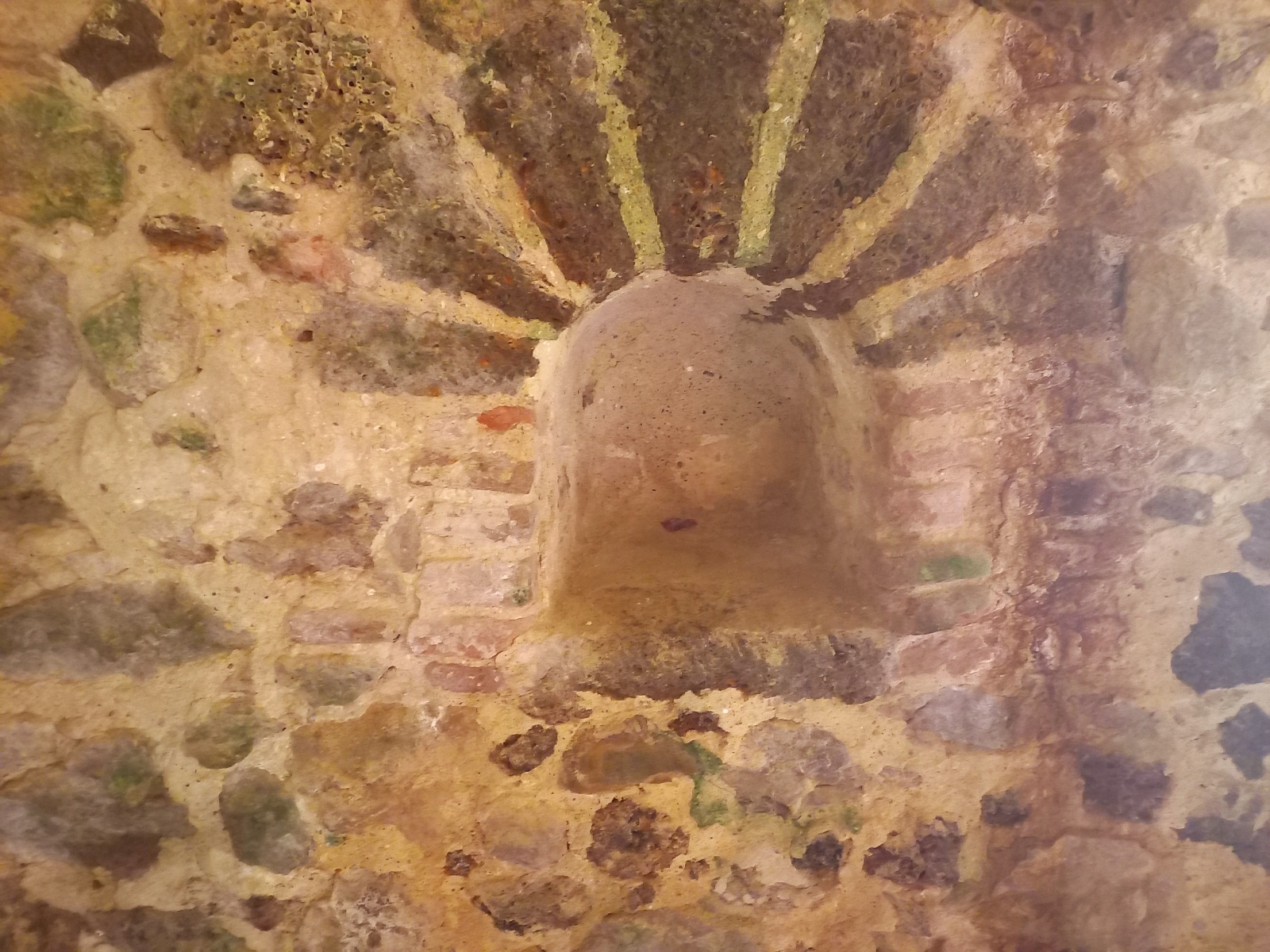
A huge main courtyard surrounded by other spaces that are in remodeling their original wooden ceilings as over time they have been deteriorated, the interesting thing is that they retain part of the arches of the windows and doors with the original rich.
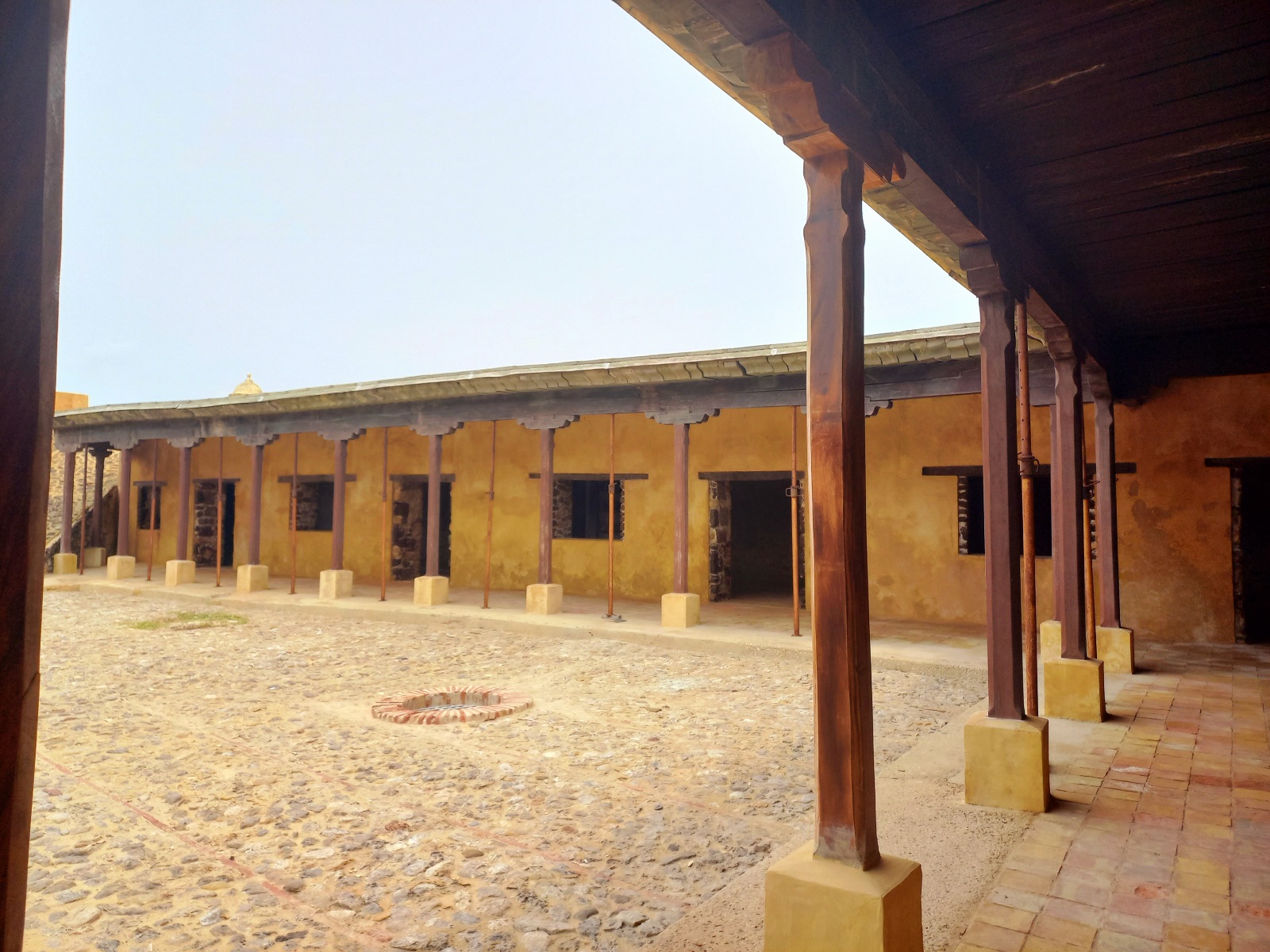
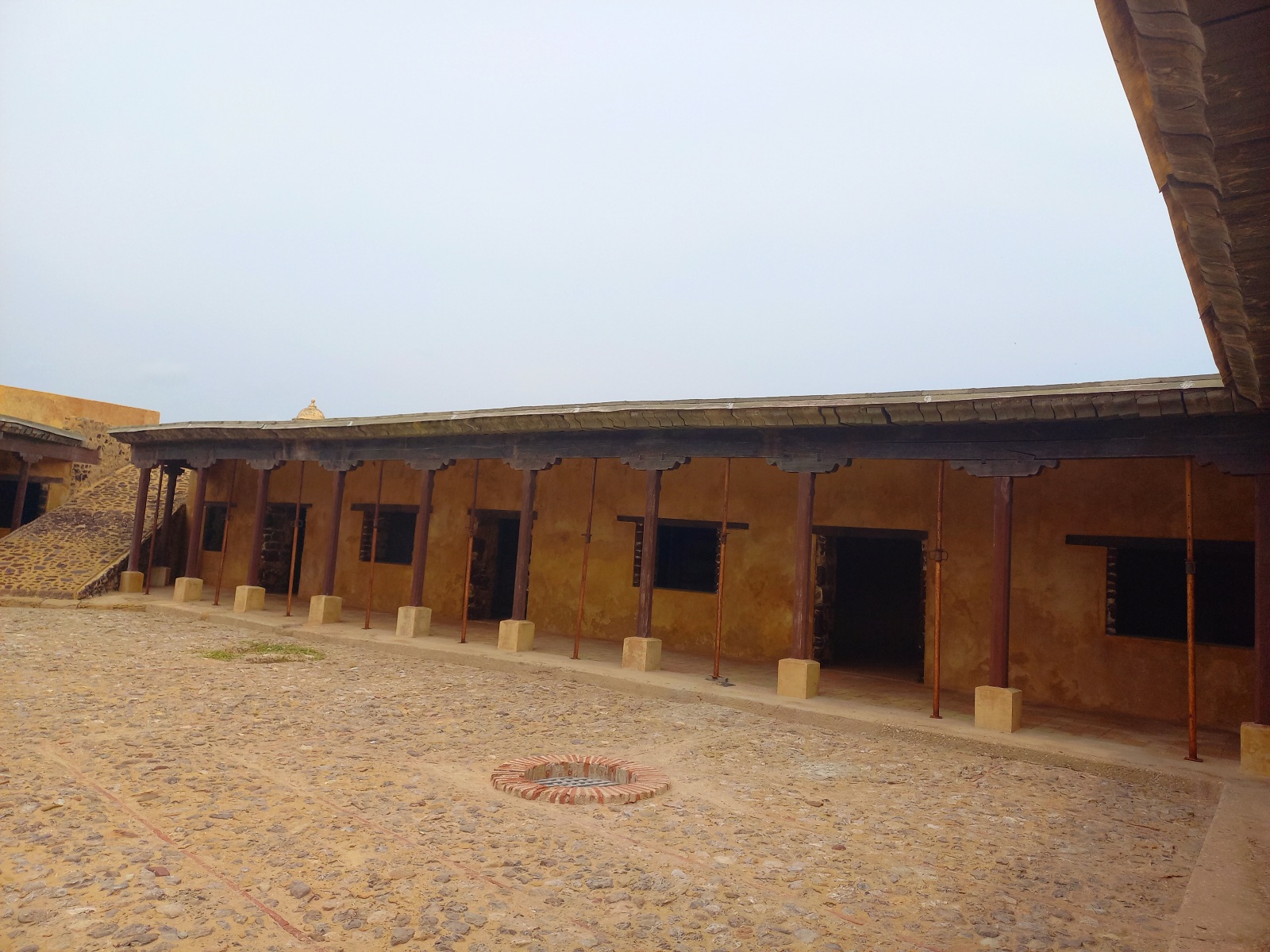
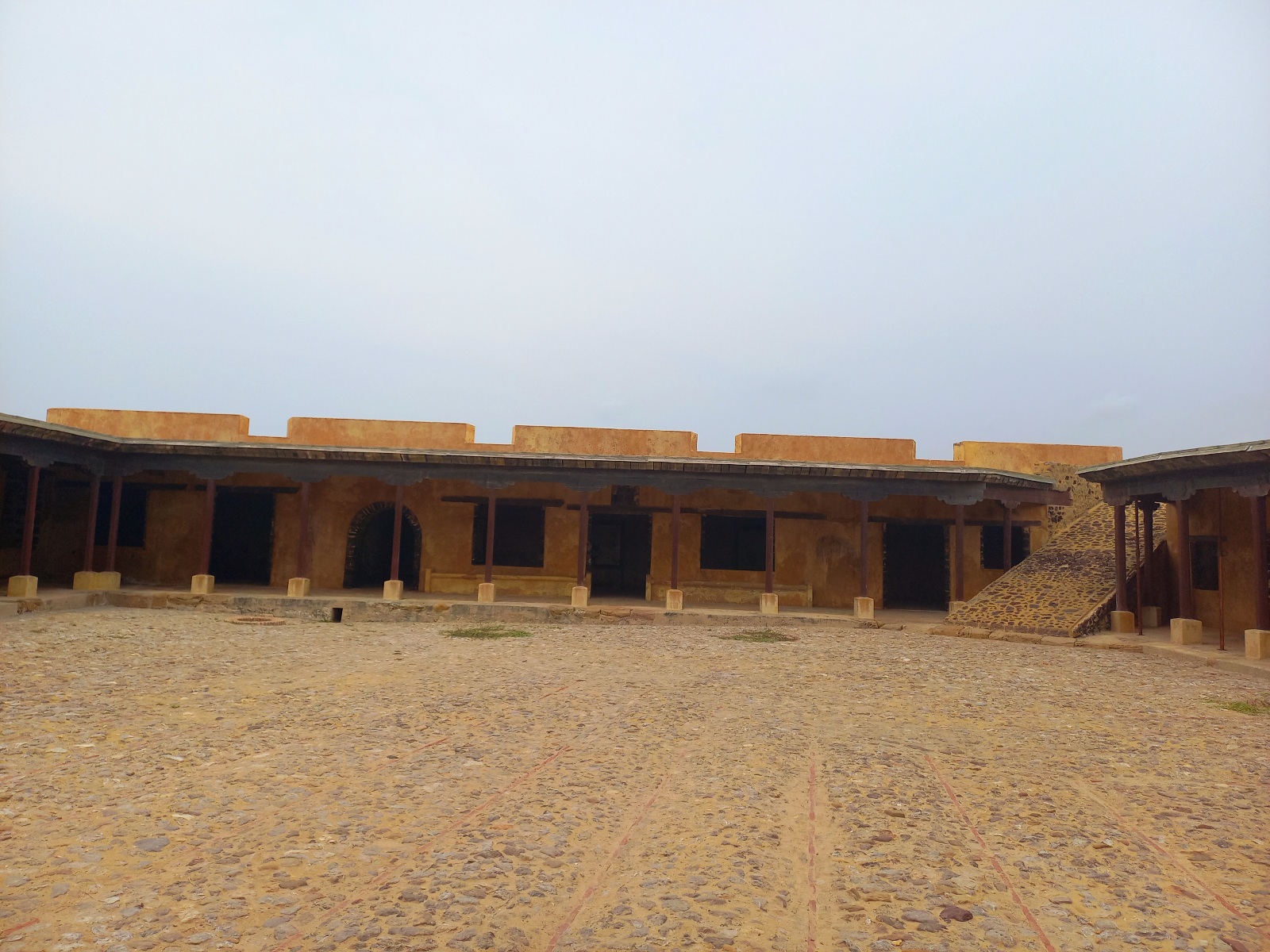
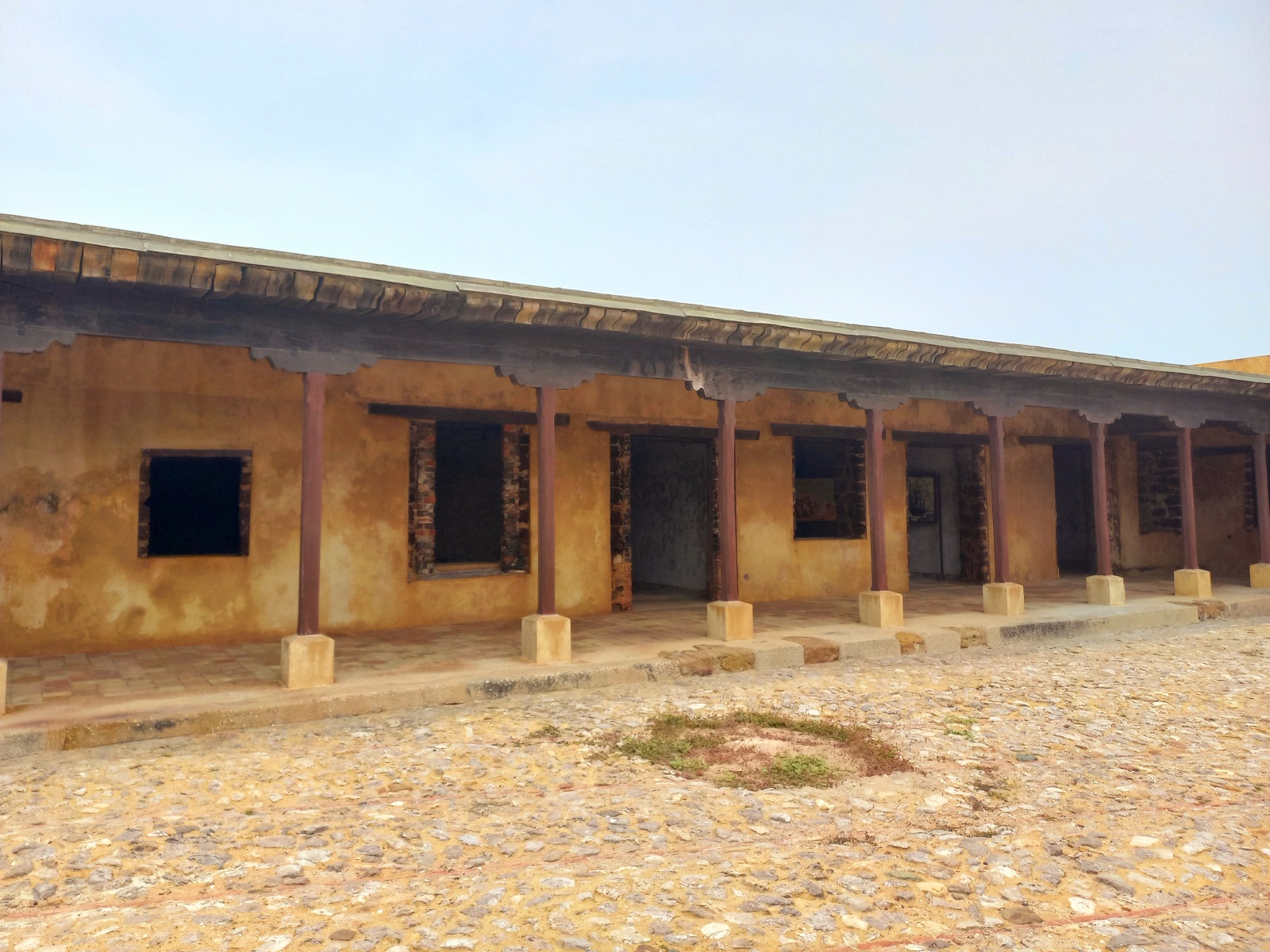
The Spanish Empire had its own enclosure in the center of the castle where the monarchy had its quarters, curiously at the entrance of this is a stone with a cross-shaped figure on the wooden frame of its door.
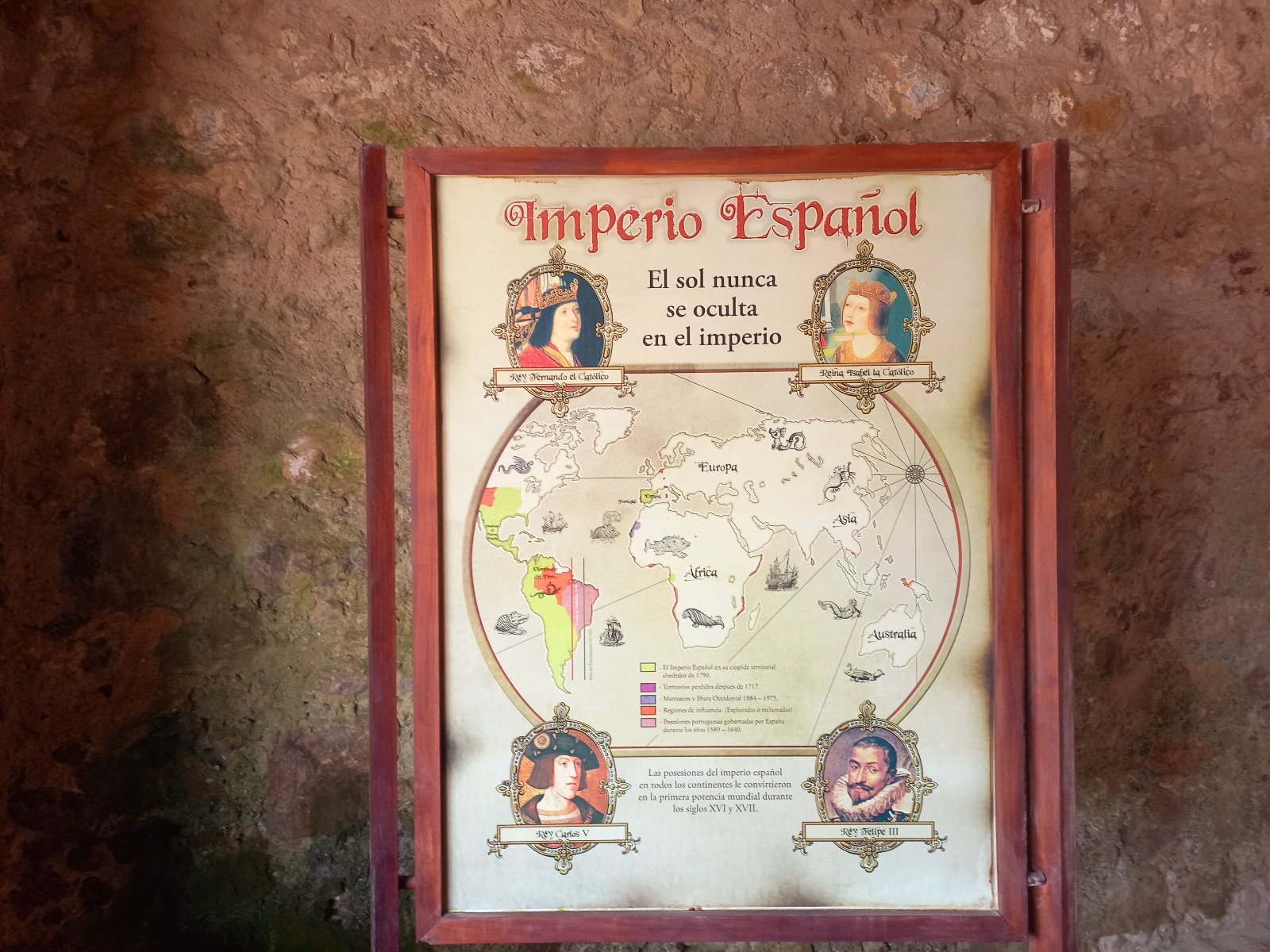
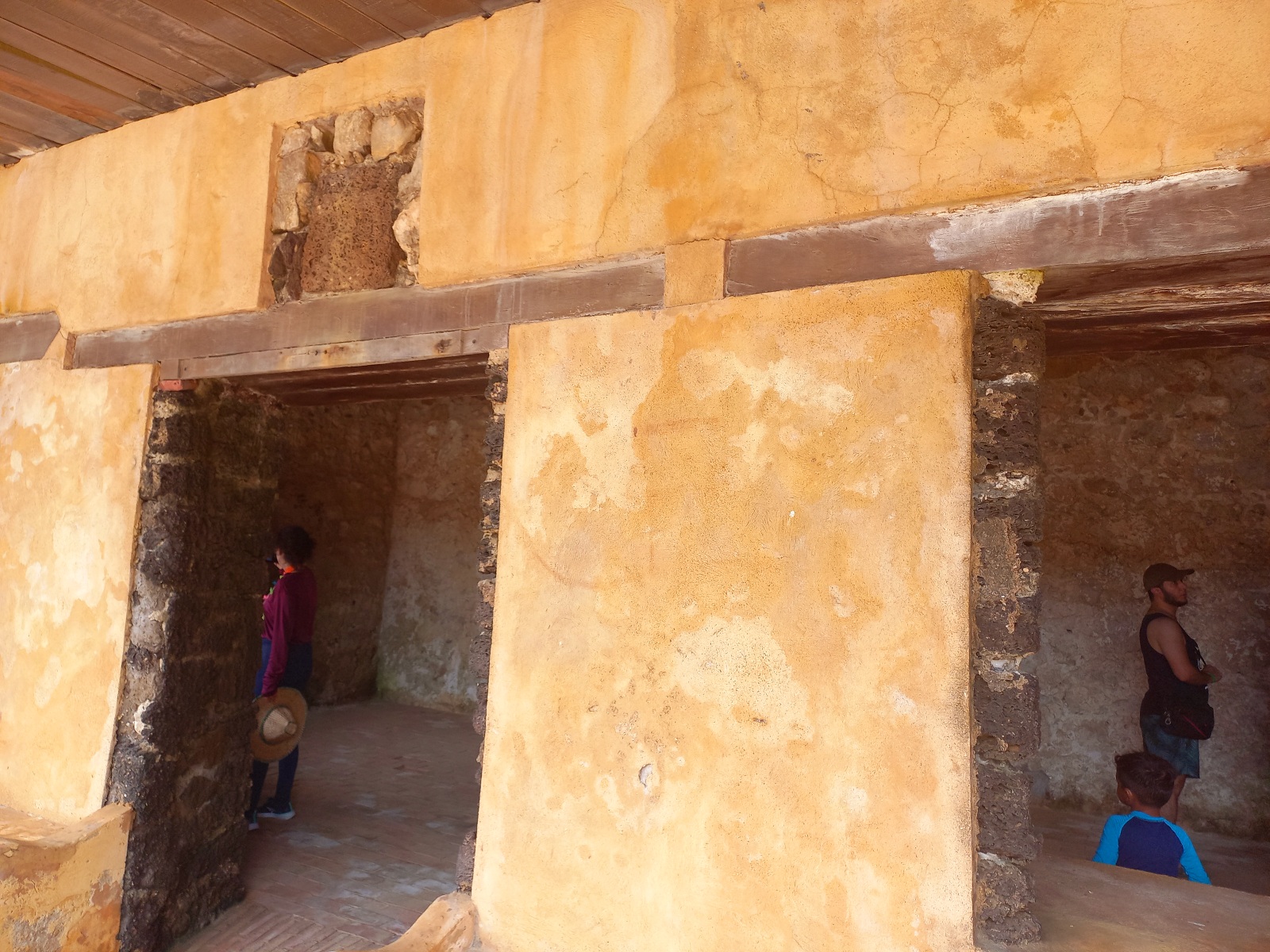
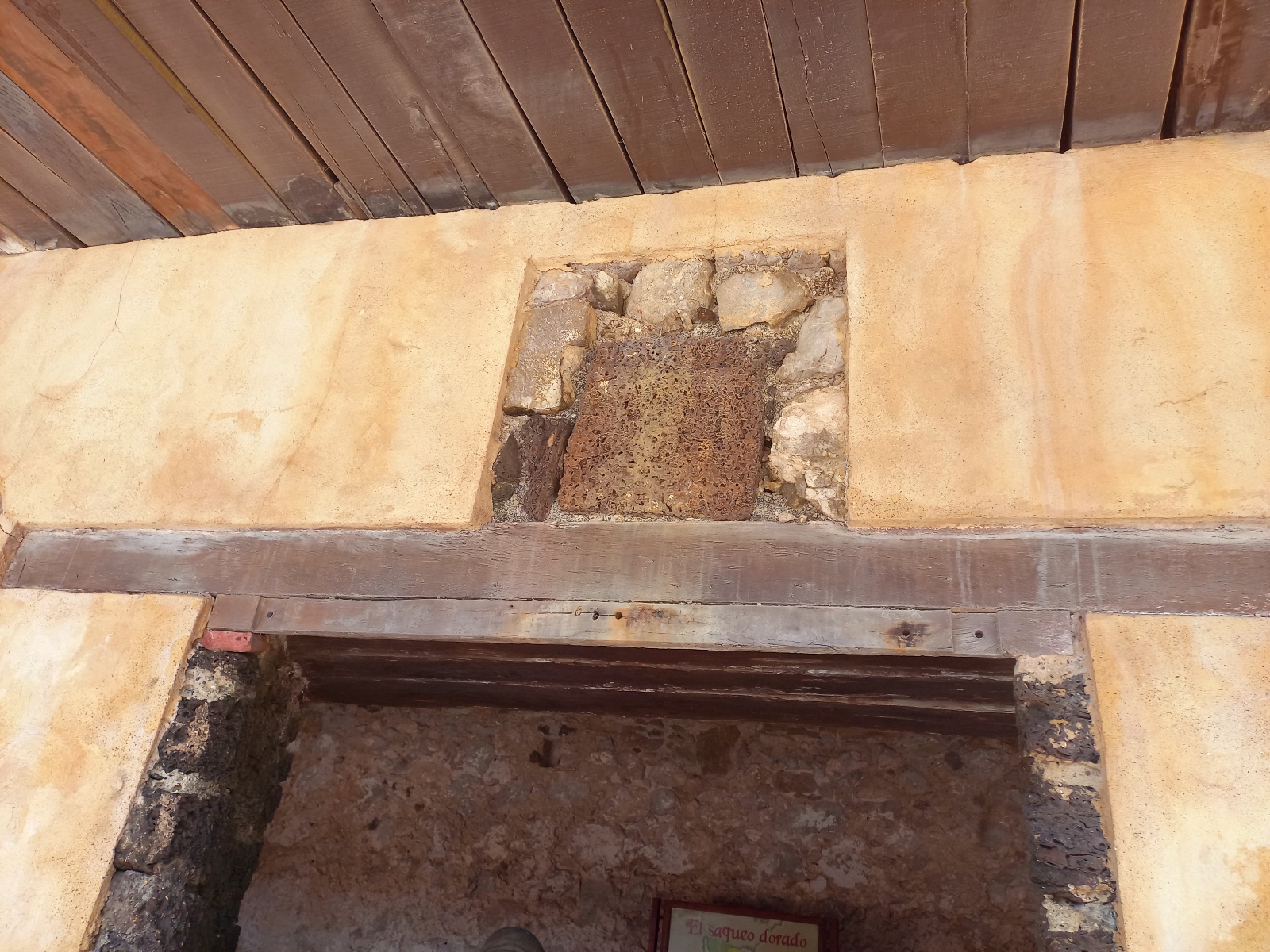
They had a small space, what was called the bathroom, where the urine of the prisoners came out of this hole and they went around part of the outside of the castle with these channels set up for them as well as several latrines in the courtyard for what would be the excrement, so you can imagine the smell that could be perceived.
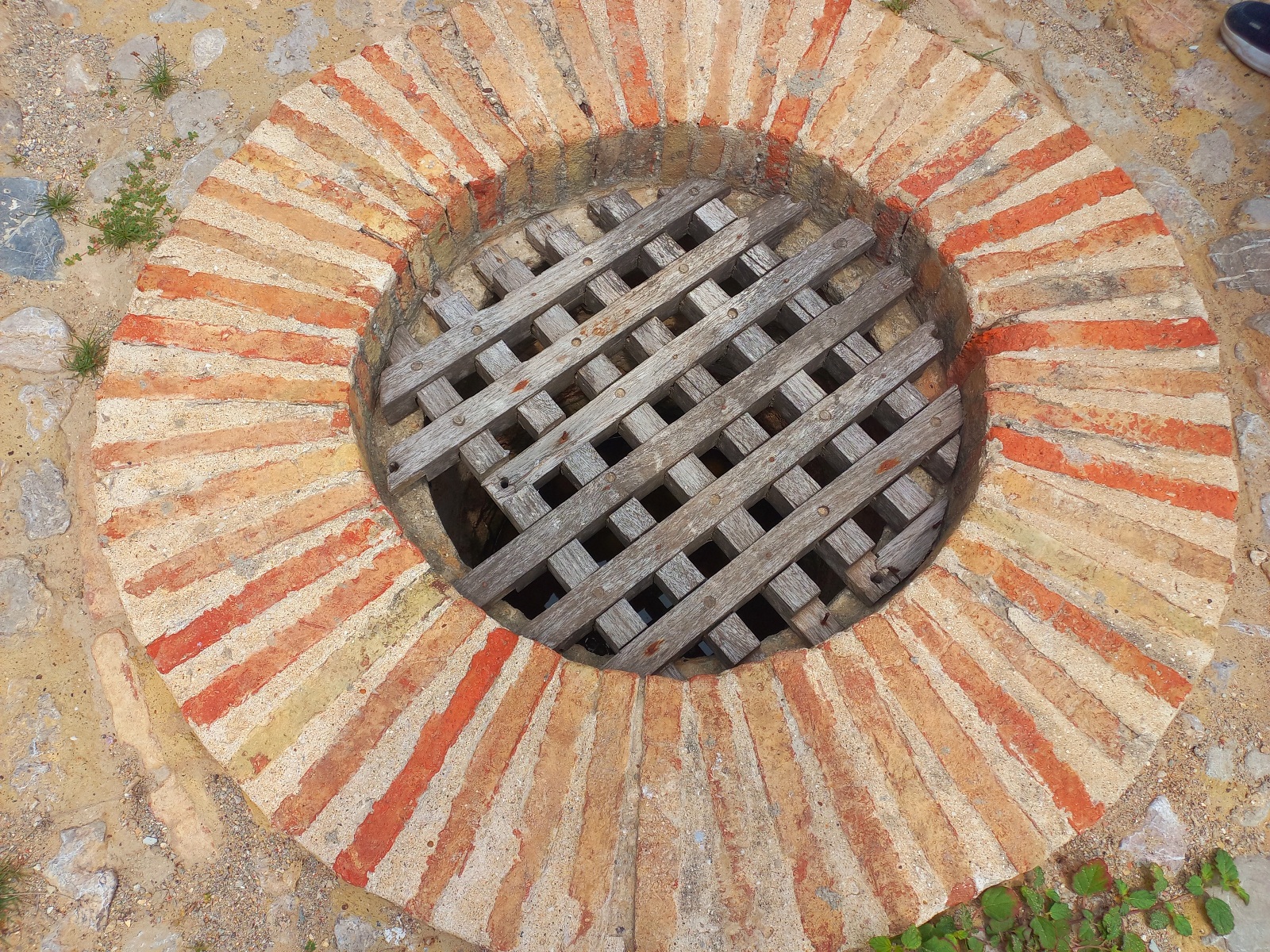
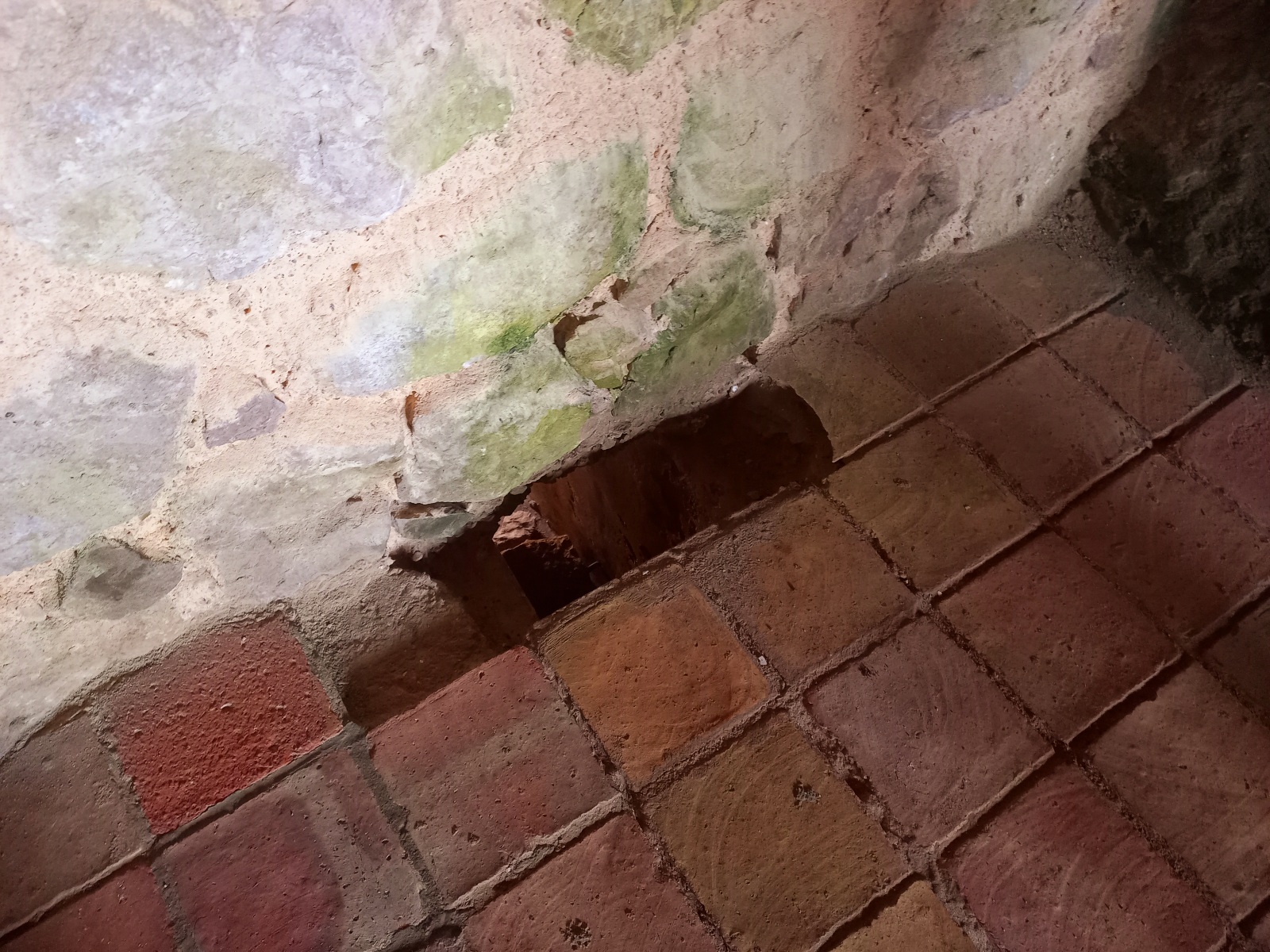
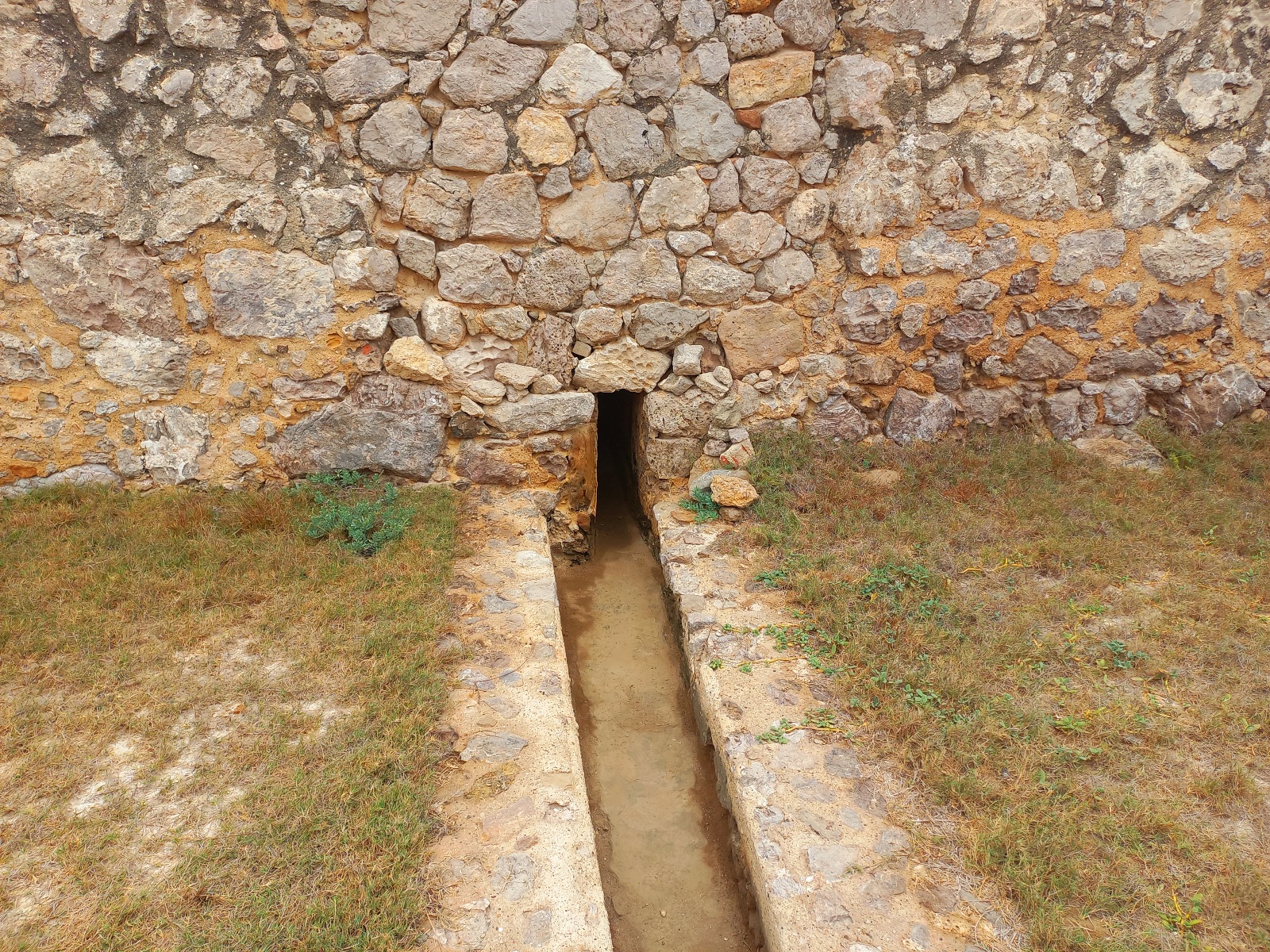
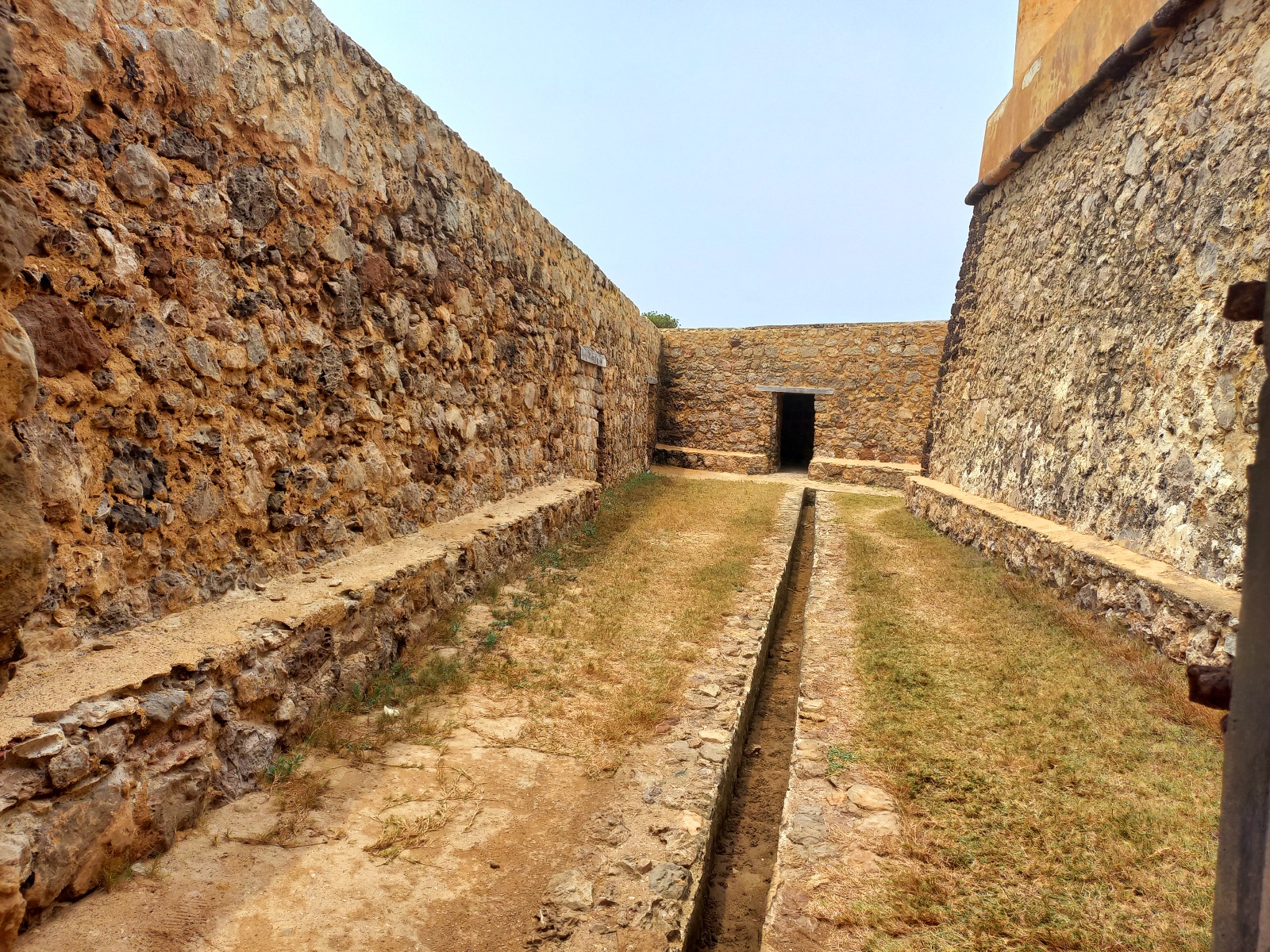
I know that you have been left wanting to know more, but I am writing what would be the second part of the Castle of San Carlos de la Barra that will leave you shocked with the tortures that happened here.
Until the next travelers, a hug.
Photographs taken with a Samsung Galaxy A22.
Content of my property.
Translation by Deepl
¡Hola viajeros del mundo!
Hoy quiero que conozcan un poco de nuestra historia, específicamente la del Castillo de San Carlos de la Barra considerado Monumento Histórico Nacional de Venezuela, se encuentra ubicado en la Península de San Carlos, Municipio Almirante Padilla, en el Estado Zulia, Venezuela, cerca del Golfo de Venezuela y justo en la entrada del Lago de Maracaibo.

El siguiente tour tiene un costo de 1$ y es realizado por el equipo de Corpozulia, se necesita un grupo de mínimo 6 personas para que pueda iniciarse el recorrido, el Castillo de San Carlos de la Barra fue recuperado desde 1987 con la finalidad de realzar el turismo en la zona y fortalecer nuestra cultura y sentir como Zulianos.






La historia nos habla de que este lugar fue construido por los colonizadores españoles en el año 1623 para proteger a la región de los saqueos de algunos piratas como Henry Morgan y Edward Teach también llamado Barba Negra en sus intentos de llegar a la ciudad de Maracaibo, lo primero en construirse fue el área del rompeolas a las afueras del castillo luego se fueron fortificando las paredes que tienen una altura de 6 metros de altura con tres tipos de piedras entre ellas la caliza traídas de la vecina Isla de Toas que también forma parte del municipio Almirante Padilla, las mismas fueron segmentadas no solo con barro sino con la sangre de algunos ganados, desde una vista aérea el castillo posee una forma de estrella.







Para llegar hasta lo que sería la entrada del Castillo de San Carlos hay que adentrarse entre sus enormes muros, hasta encontrarnos con una enorme fachada con bases de concreto que sostienen otra pequeña pared de rocas que en su centro aparentemente llevaba un rosetón en el pasado, debajo de este se encuentra una franja con una frase poco legible, ambos lados de su entrada poseen dos cañones oxidados éstos fueron encontrados en el fondo del lago por lo cuál no poseen base y se les adaptaron unas de concreto, también se perserva lo que es su puerta de madera original.





Una pequeña capilla estaba dispuesta para la fe los cristianos católicos y no es más que un pequeño espacio dentro del castillo, que en una de sus paredes posee dos nichos en uno de ellos se encuentra el espacio que ocupaba el cáliz y de otro lado un nicho en donde se encontraba el Santo San Carlos Borromeo.



Un enorme patio principal rodeado de otros espacios que se encuentran en remodelación de sus techos originales de madera ya que con el paso del tiempo se han visto deteriorados, lo interesante es que conservan parte de los arcos de las ventanas y puertas con las ricas originales.




El Imperio Español, tenía su propio recinto en todo el centro del castillo donde la monarquía tenía sus aposentos, curiosamente en la entrada de este se encuentra un piedra con una figura en forma de cruz sobre el marco de madera de su puerta.



Tenían un pequeño espacio, lo que era llamado el baño, donde el orine de los prisioneros salía por éste agujero y recorrían parte de las afueras del castillo con estos canales dispuestos para ellos al igual que varias letrinas en el patio para lo que sería el excremento, así que pueden imaginarse el olor que podía percibirse.




Se que han quedado con ganas de saber más, pero estoy escribiendo lo que sería la segunda parte del Castillo de San Carlos de la Barra que los dejará impactados con las torturas que sucedían aquí.
Hasta la próxima viajeros, un abrazo.
Fotografías tomadas con un Samsung Galaxy A22.
Contenido de mi propiedad.
Traducción por: Deepl
Congratulations, your post has been added to Pinmapple! 🎉🥳🍍
Did you know you have your own profile map?
And every post has their own map too!
Want to have your post on the map too?